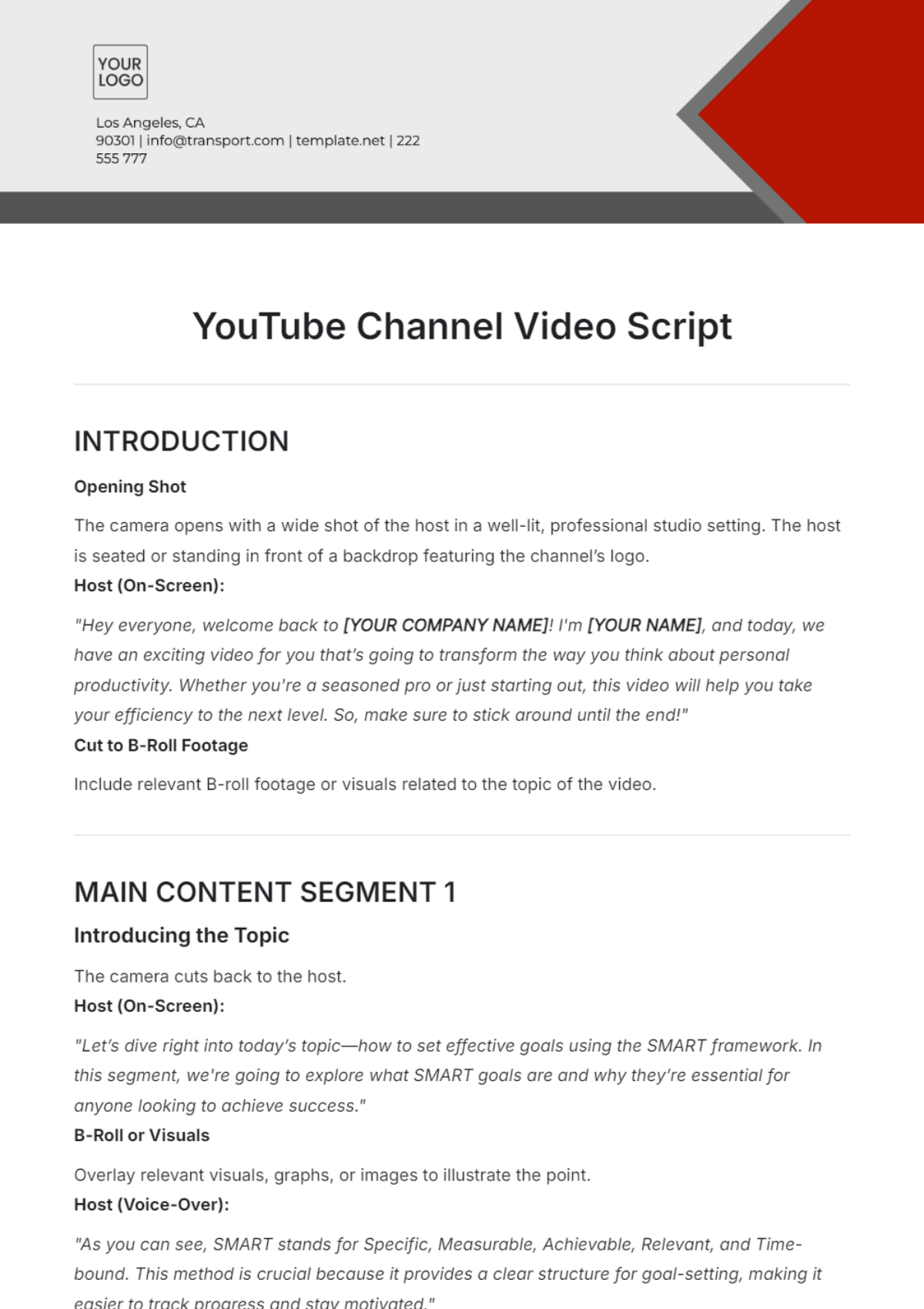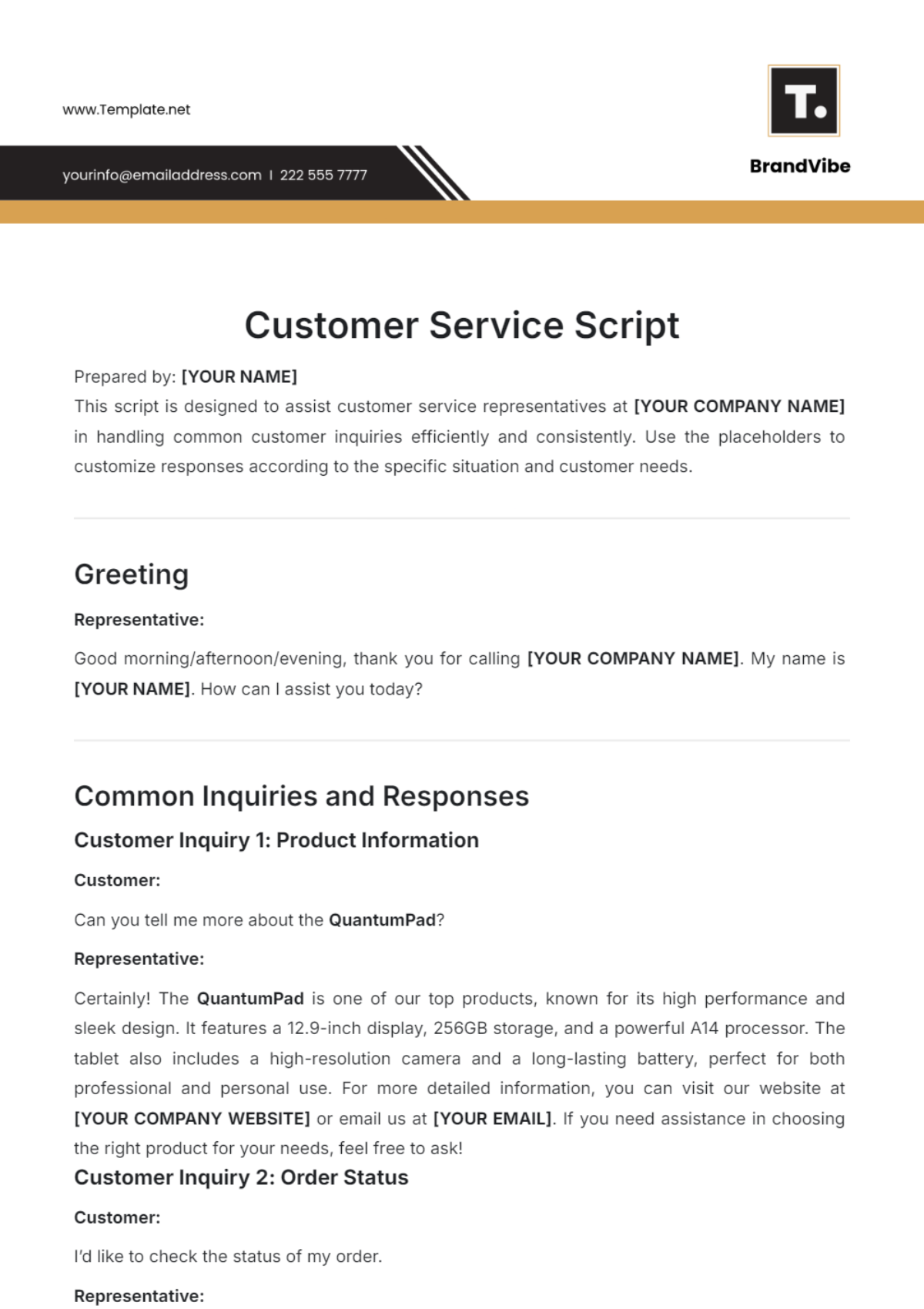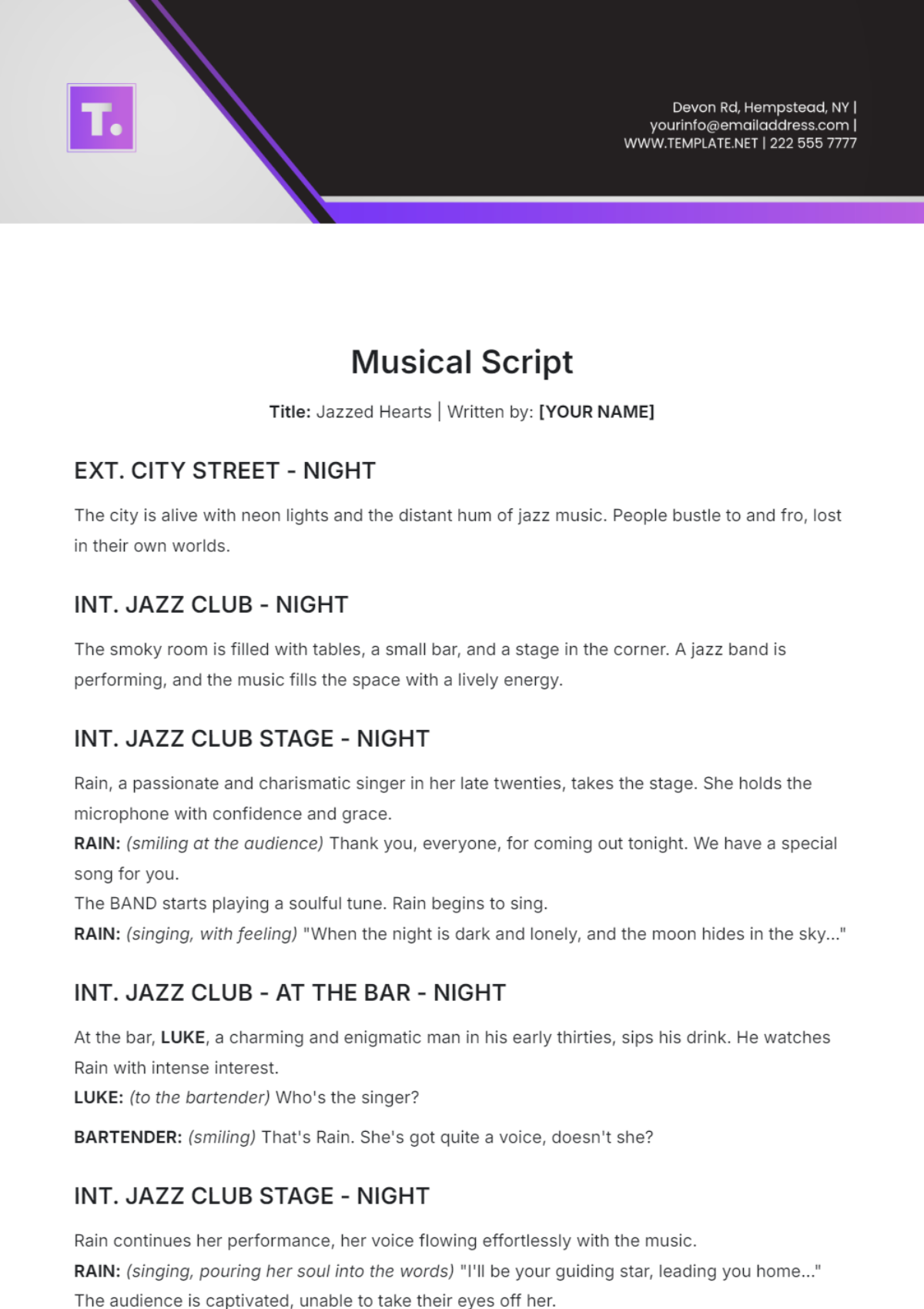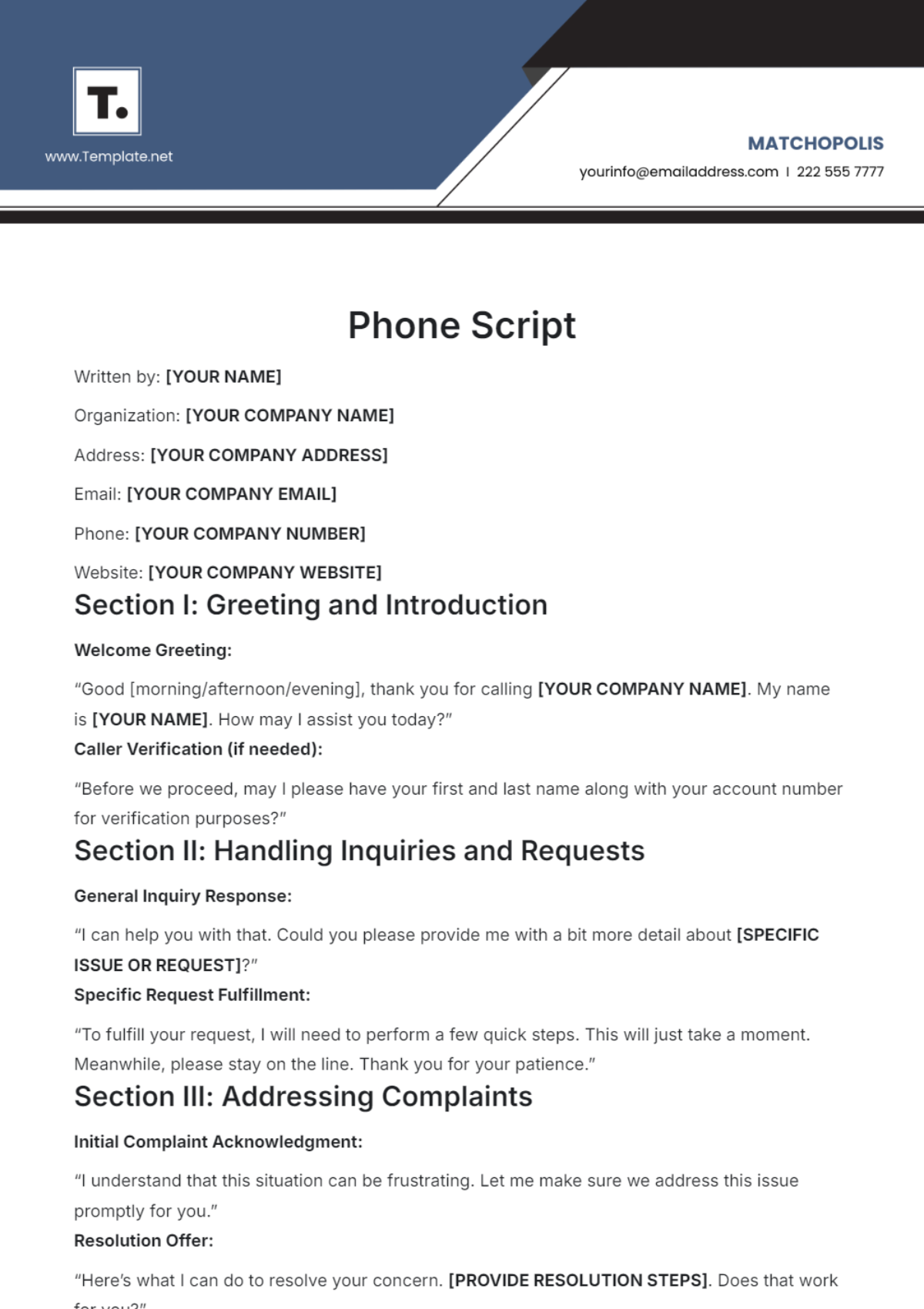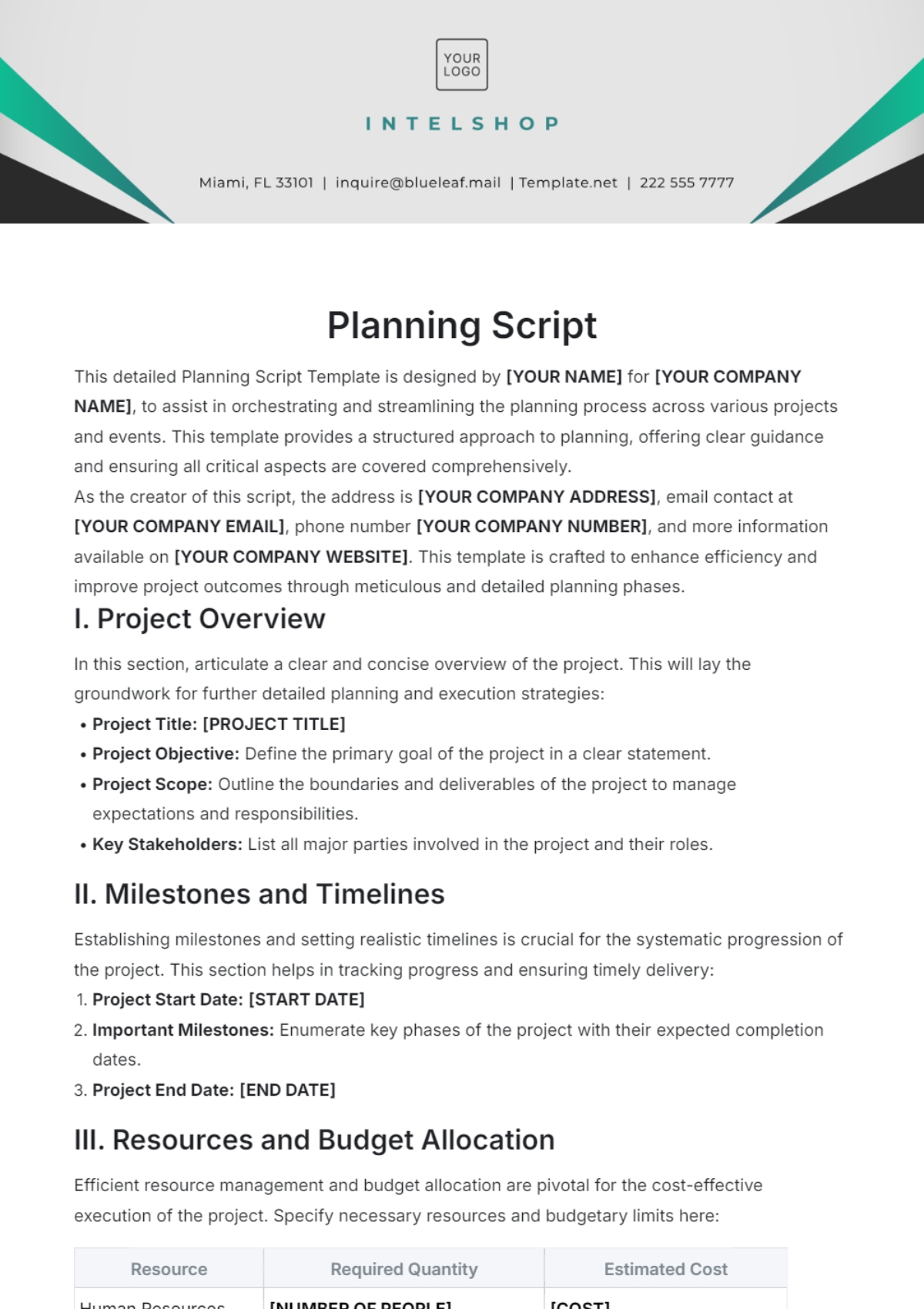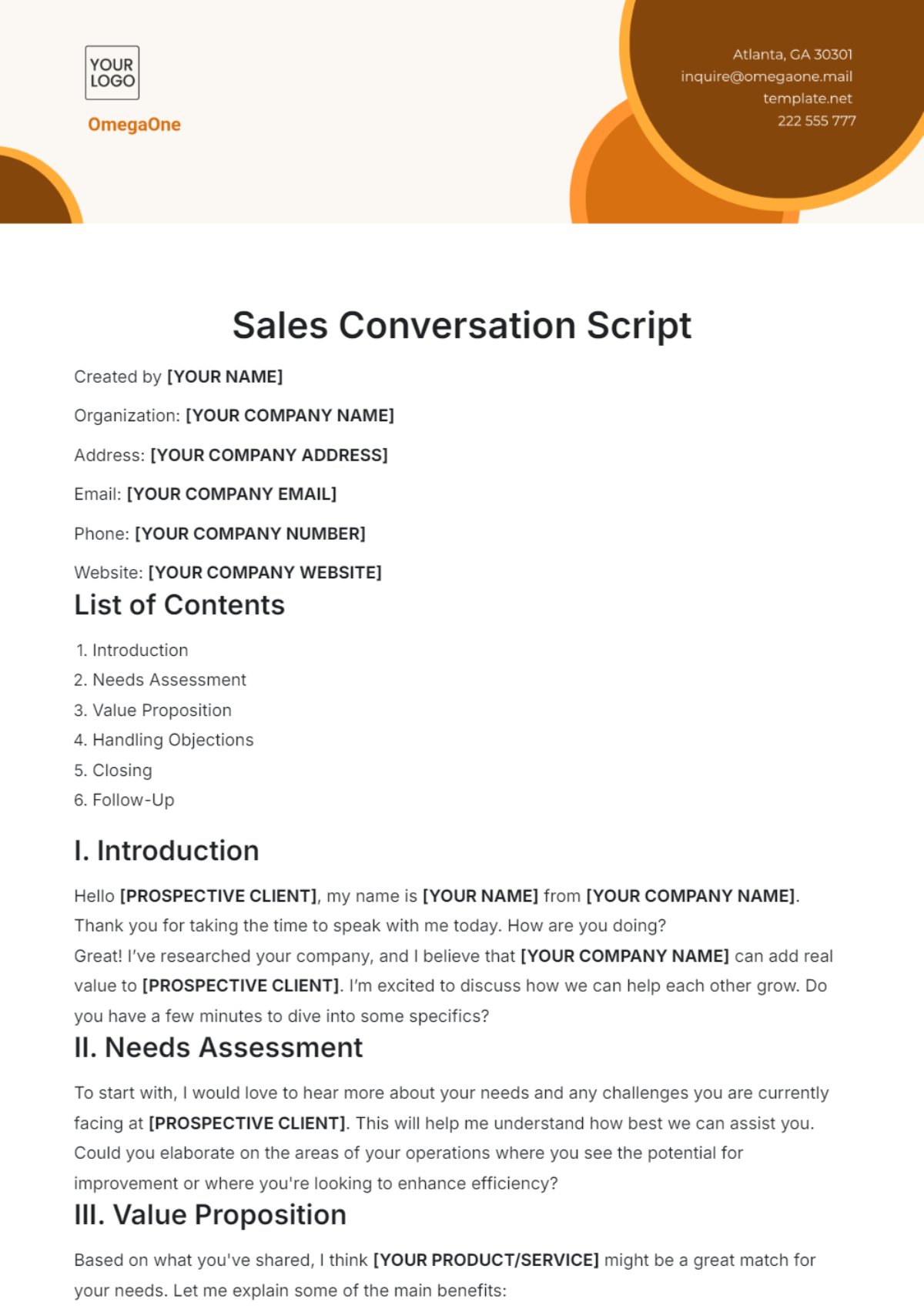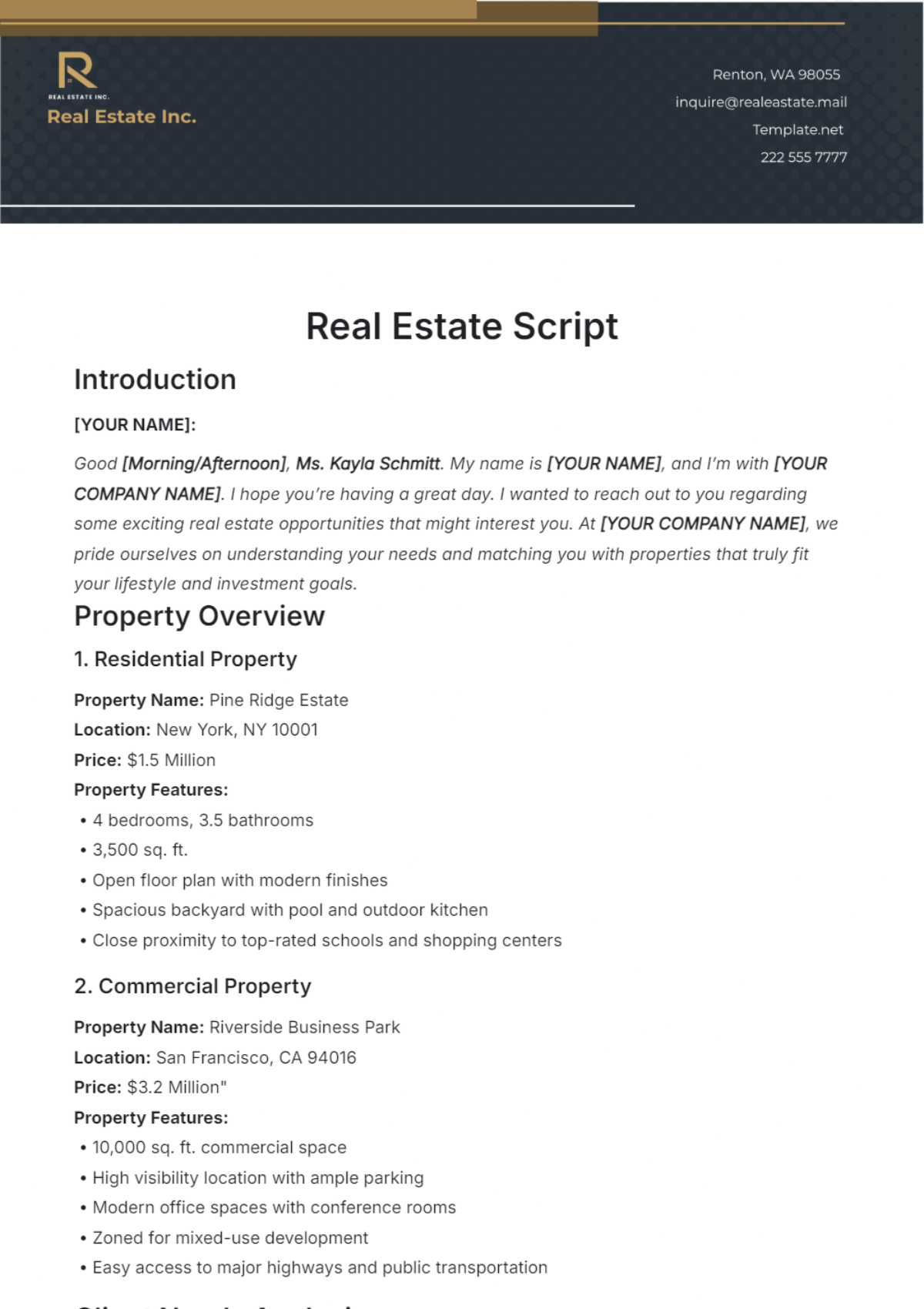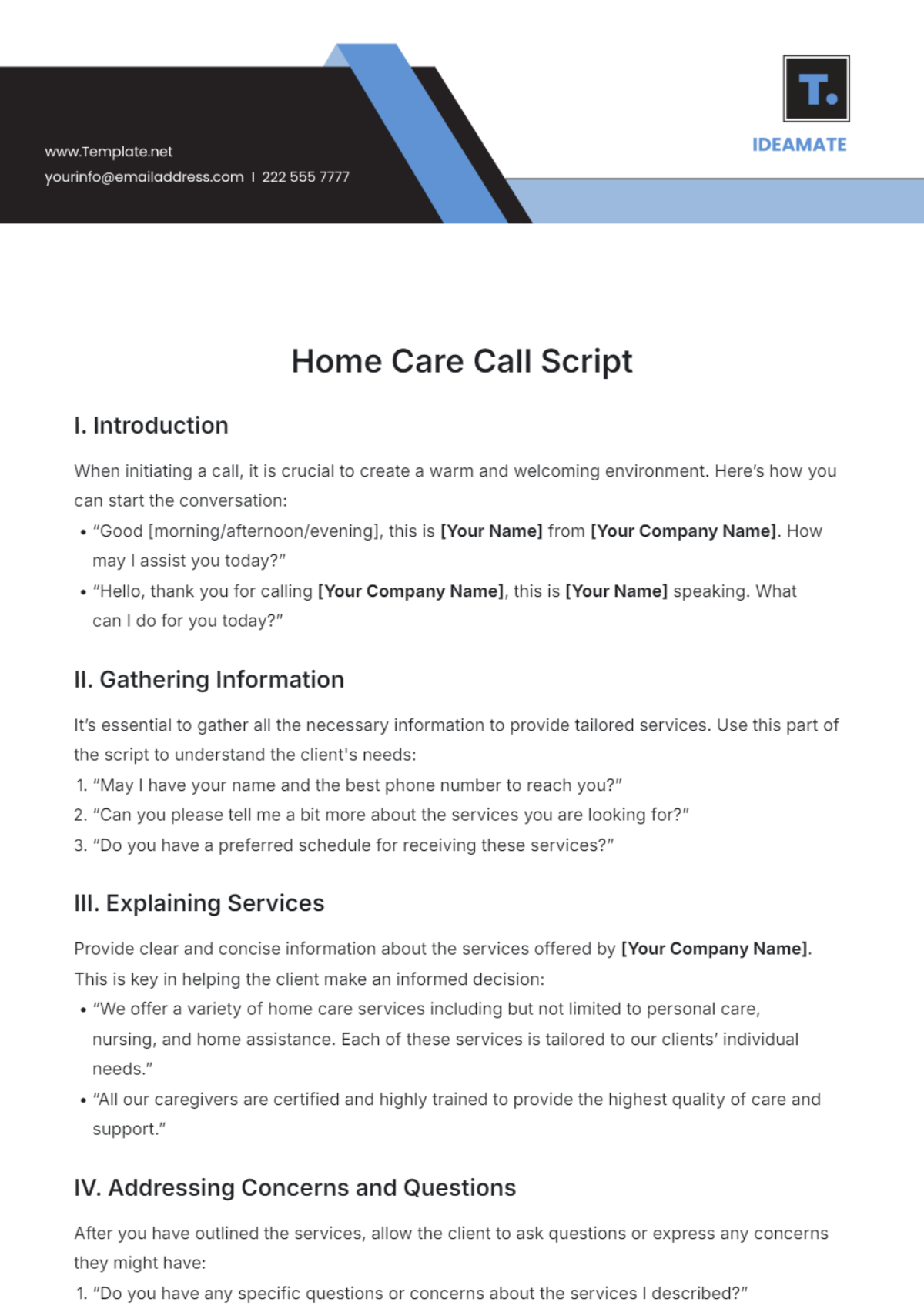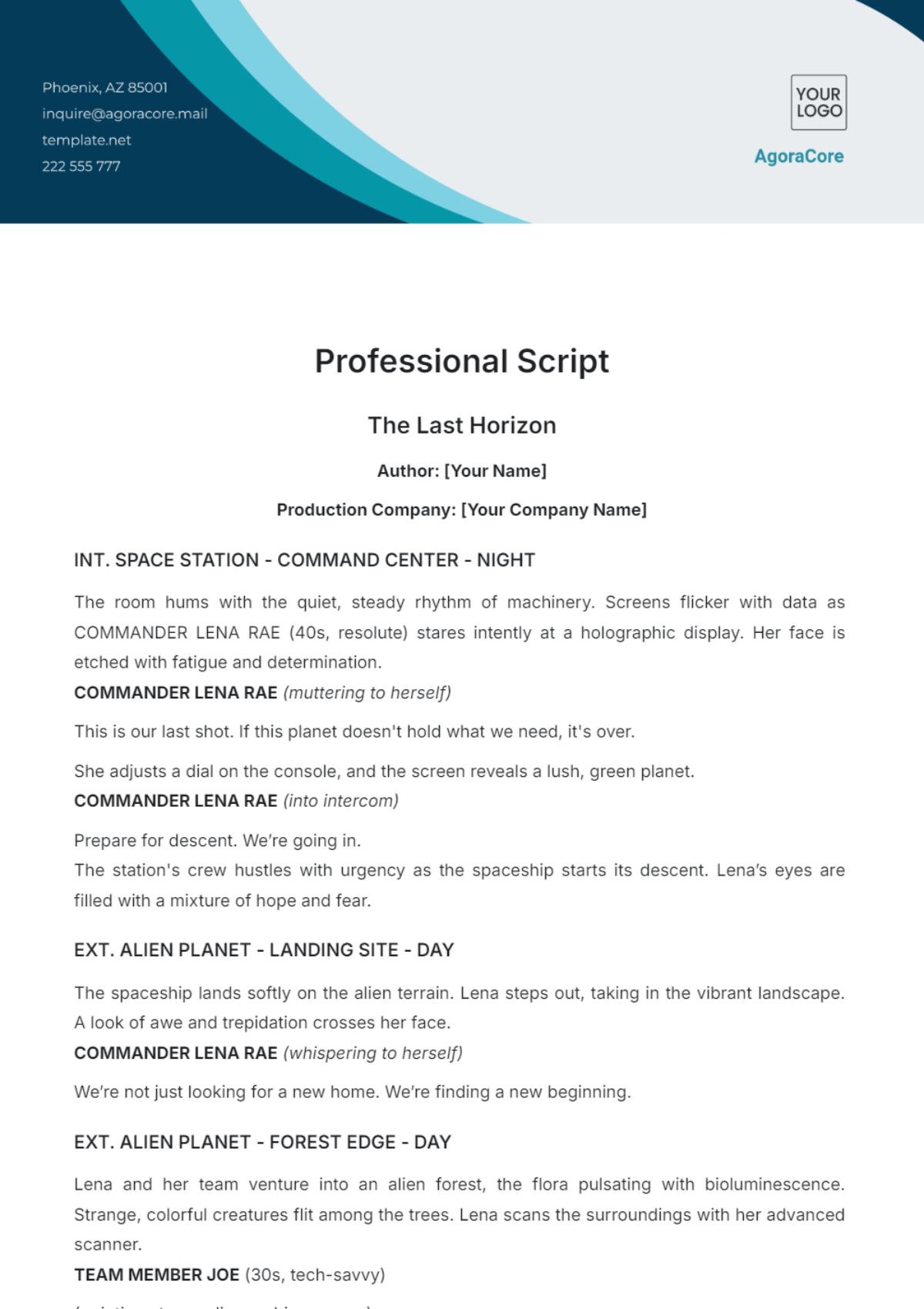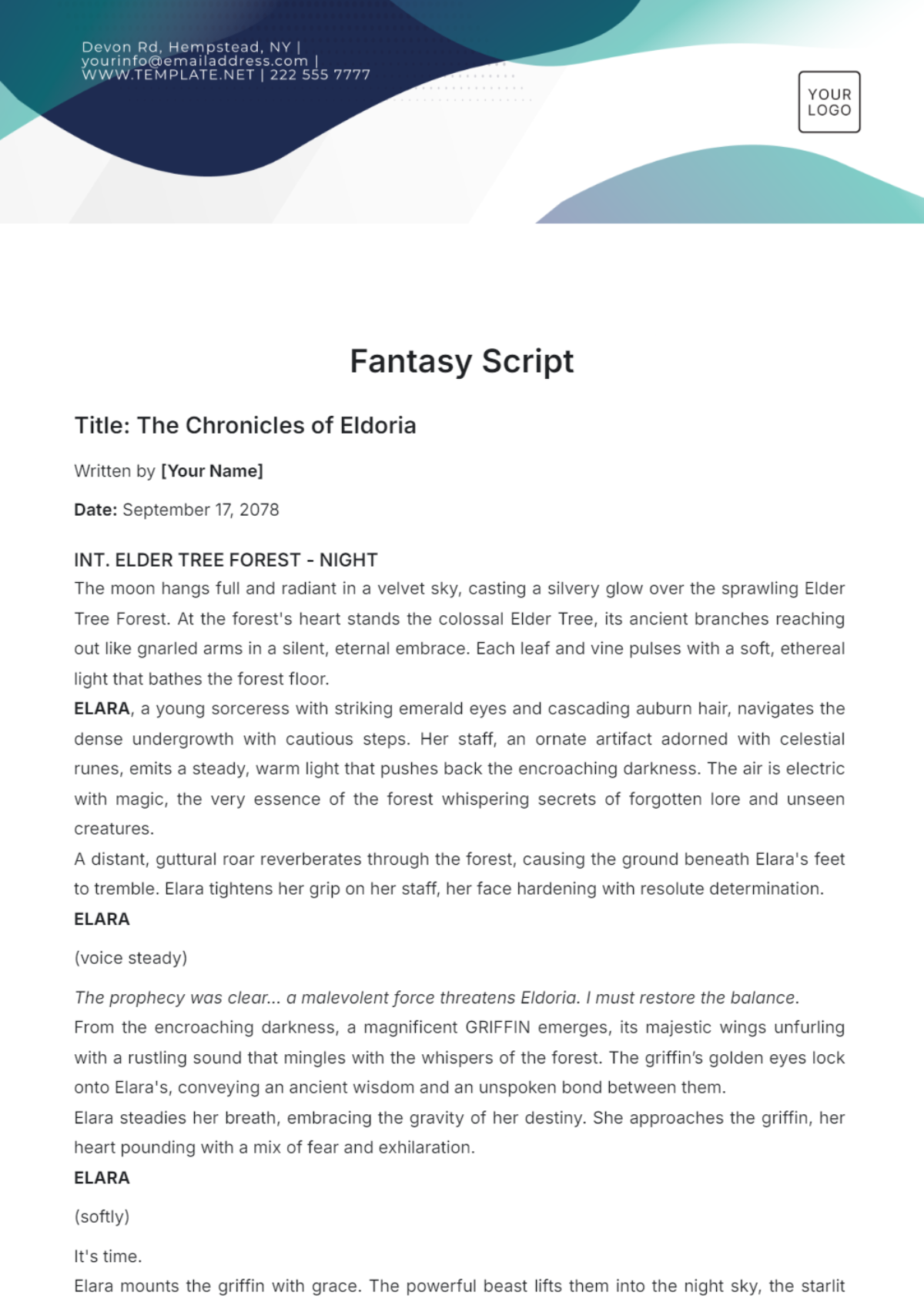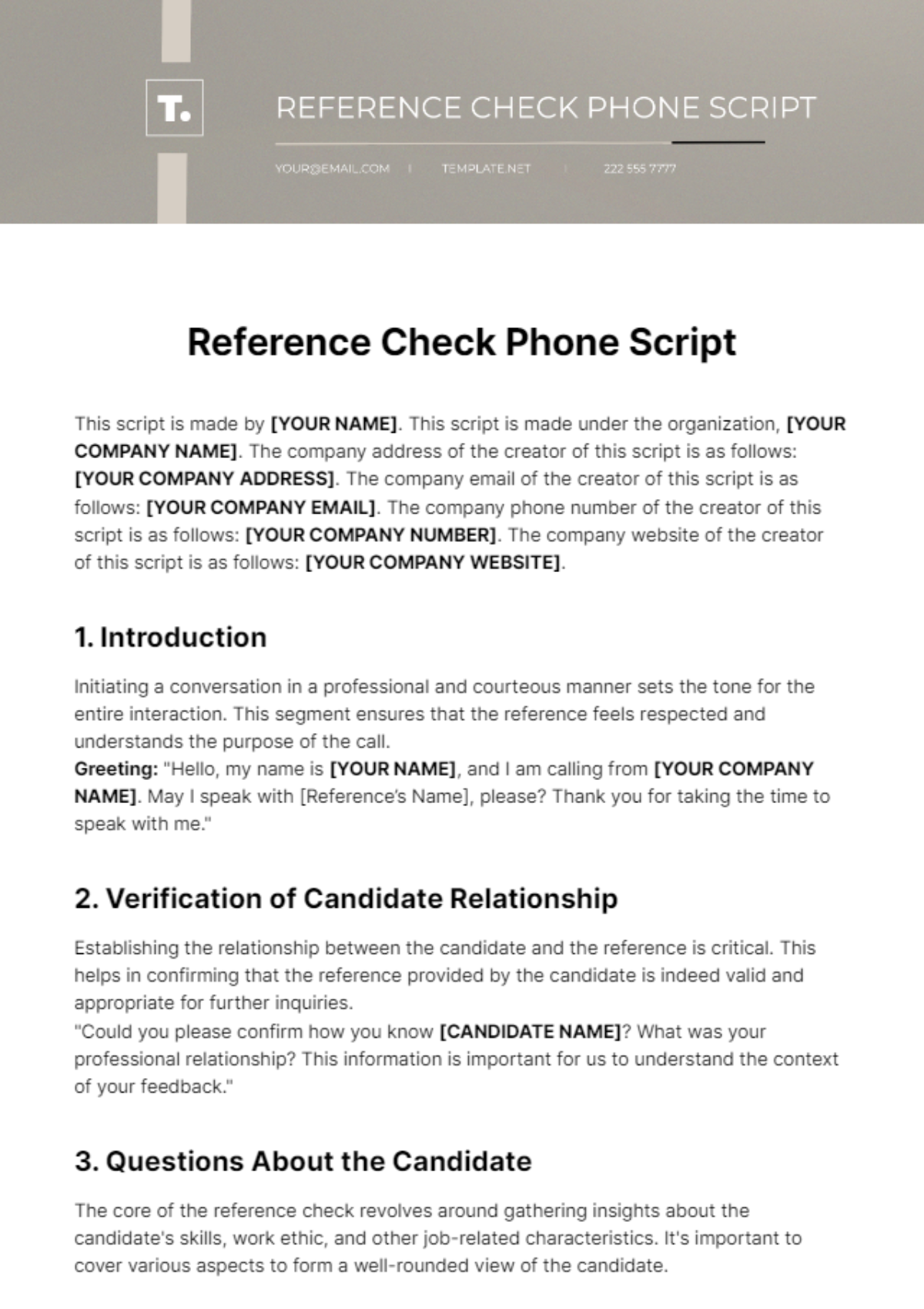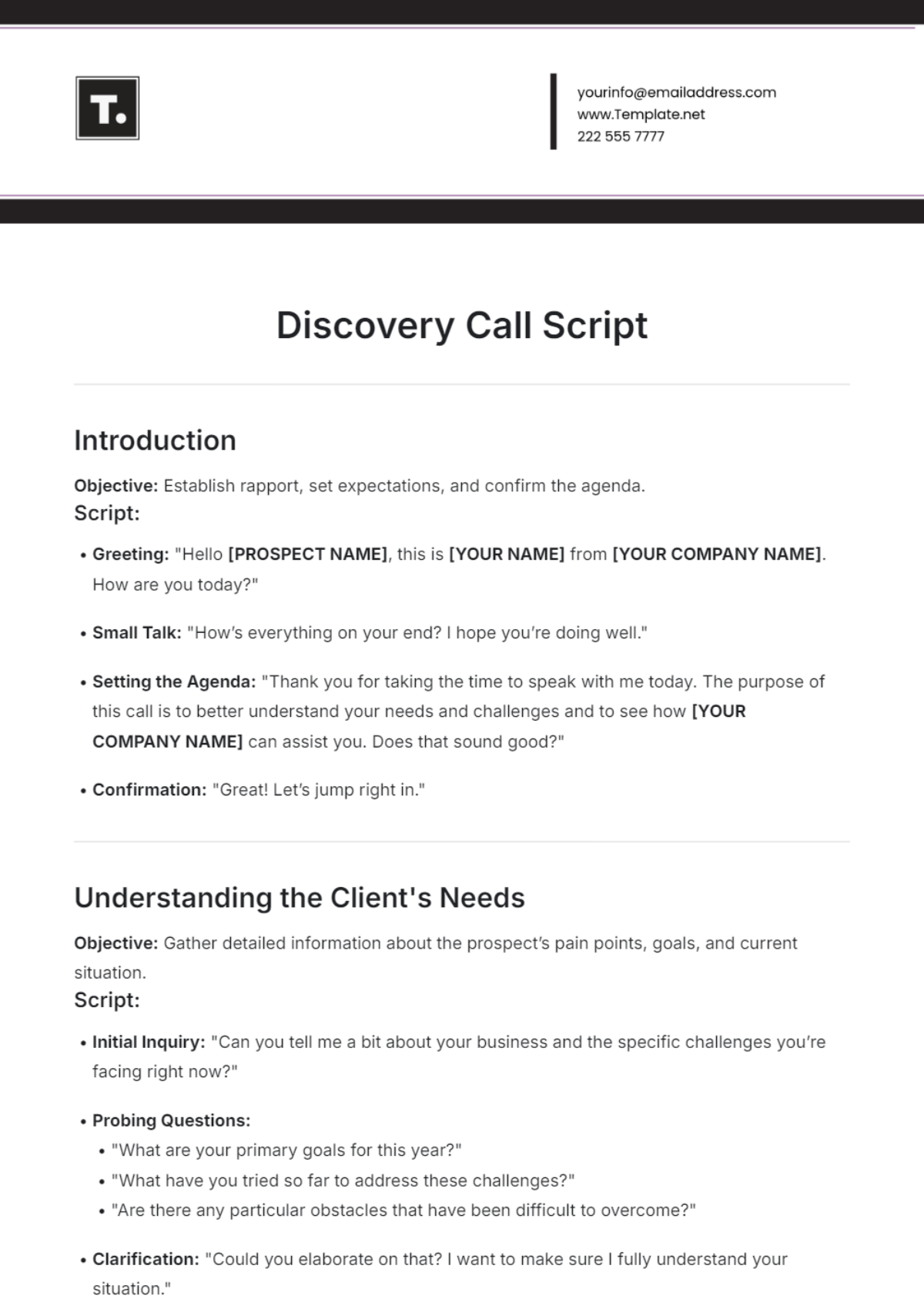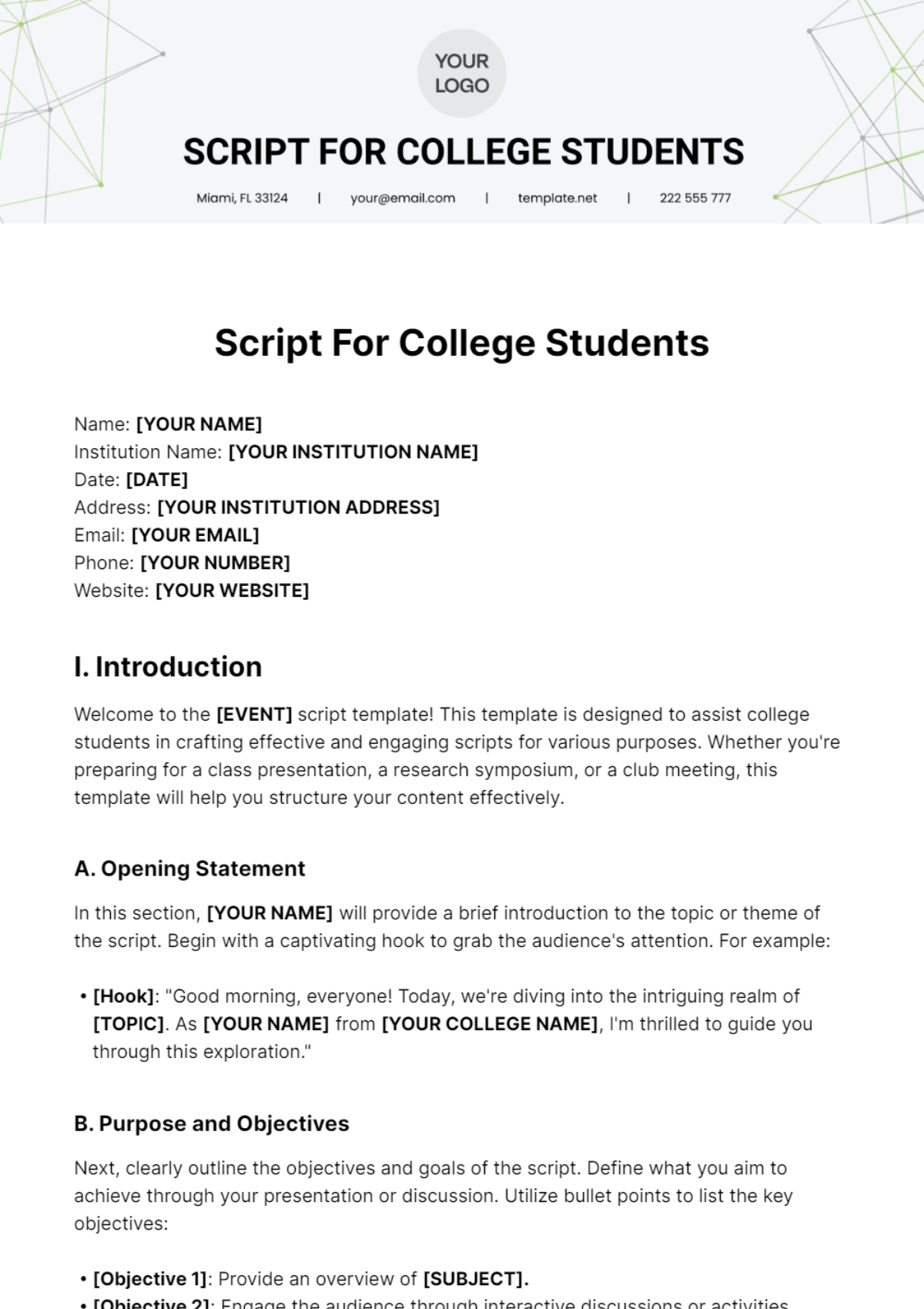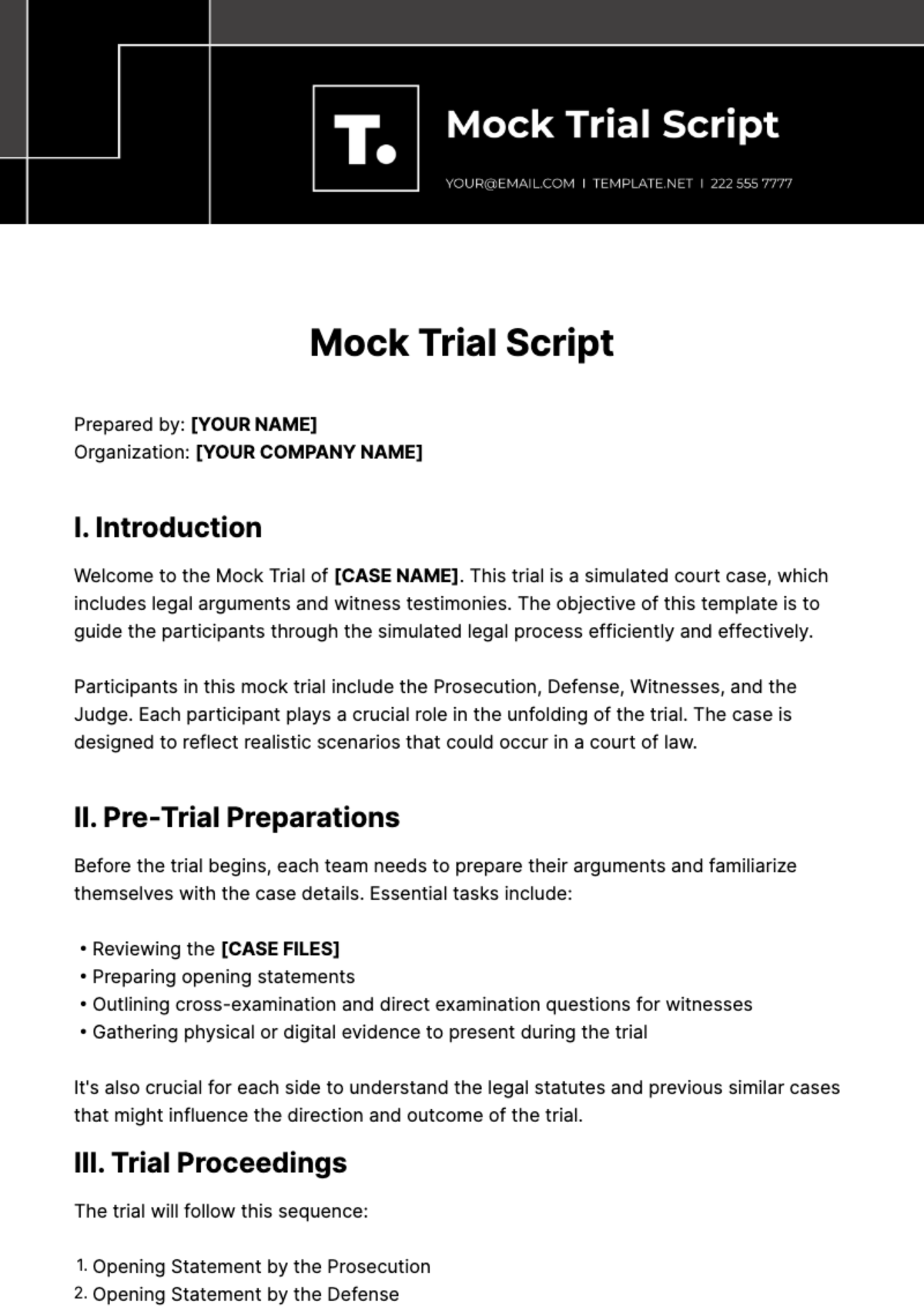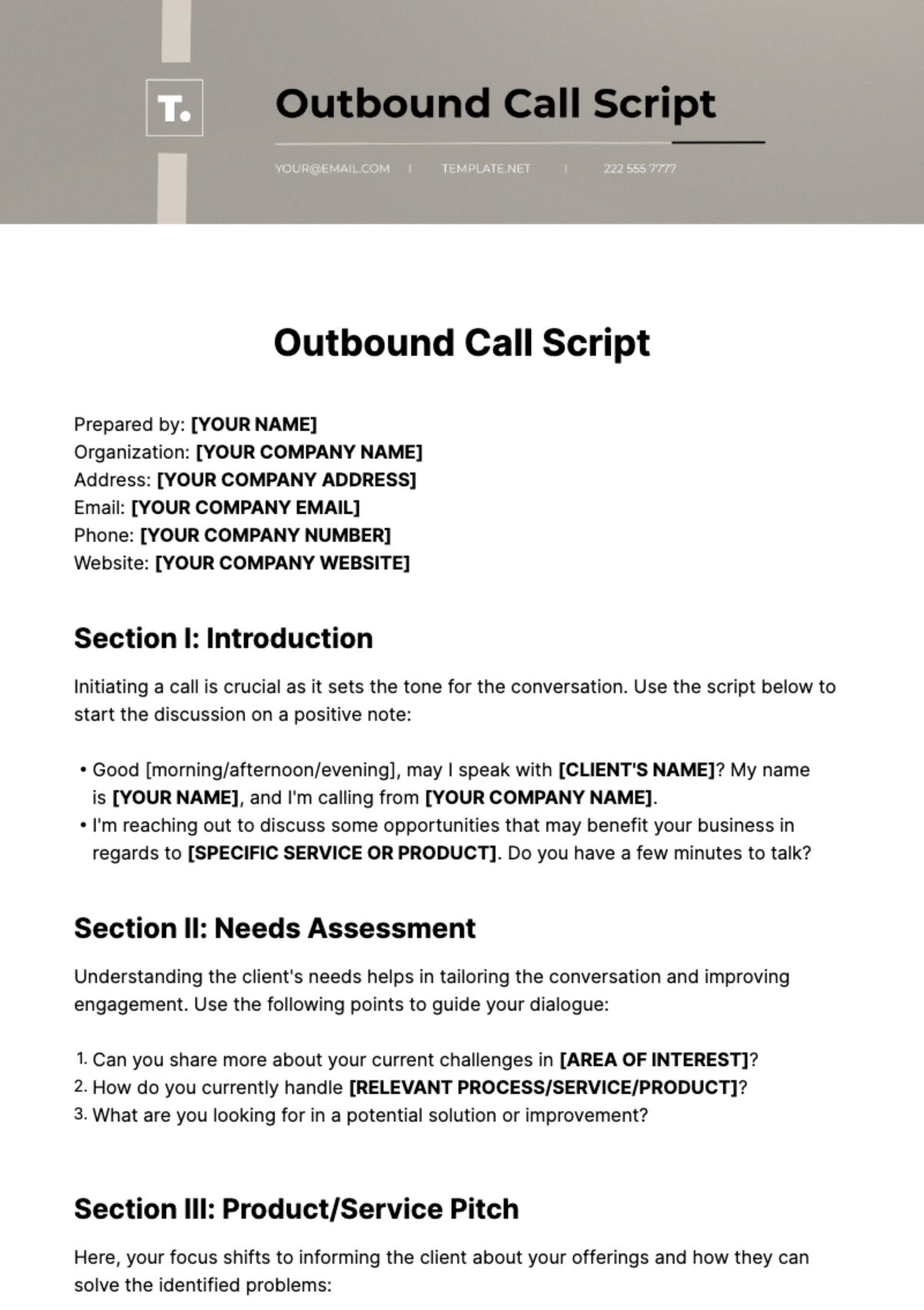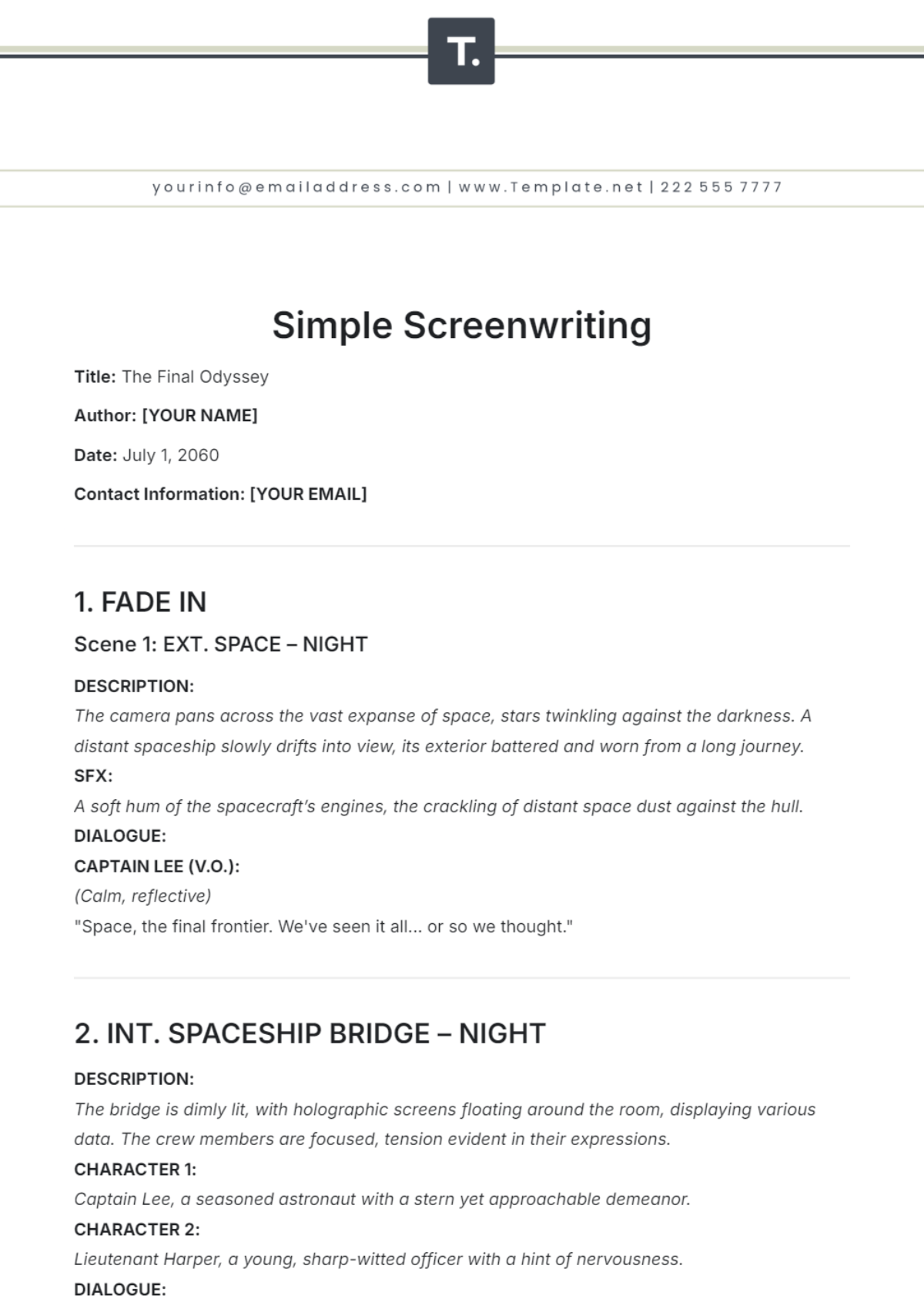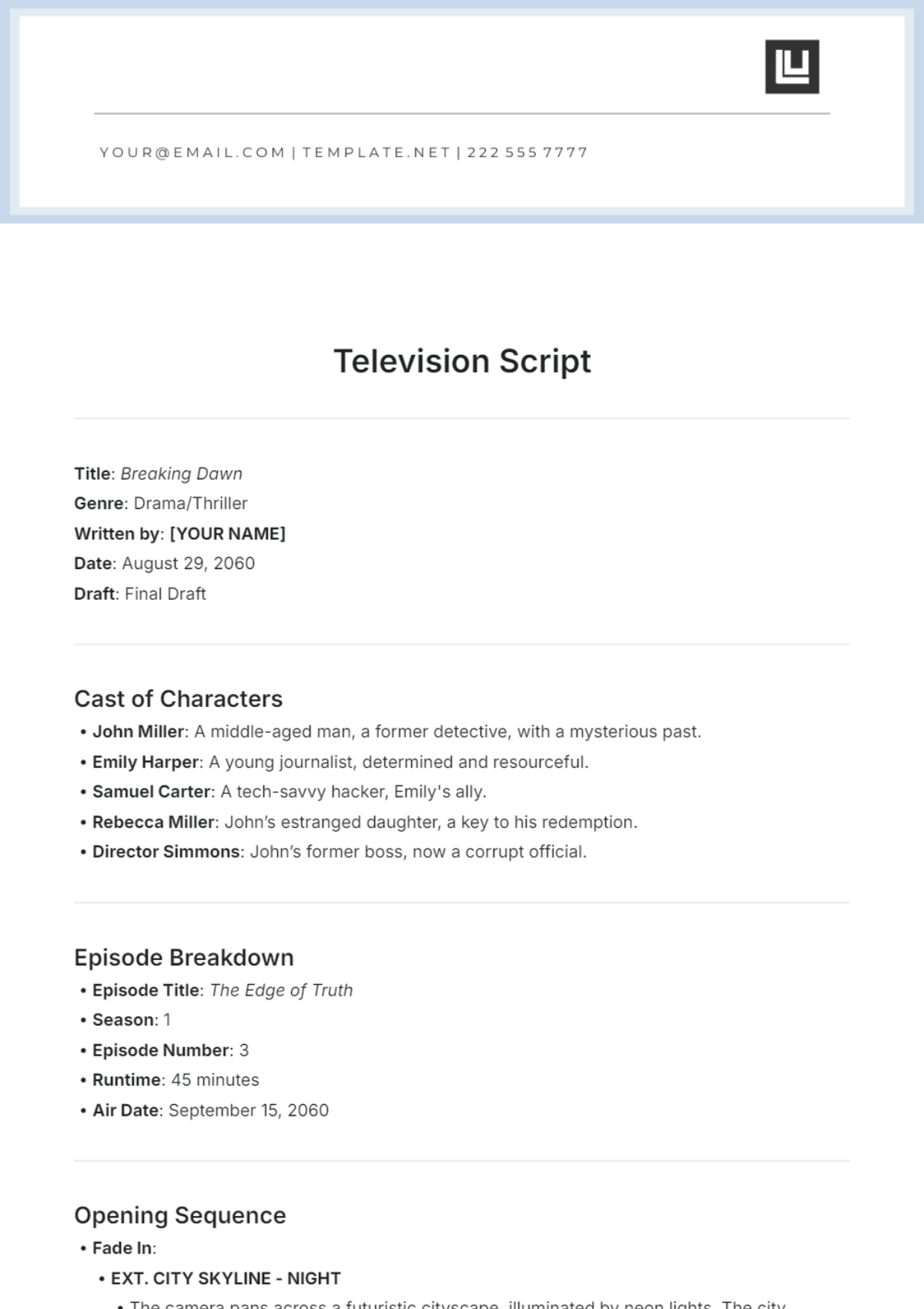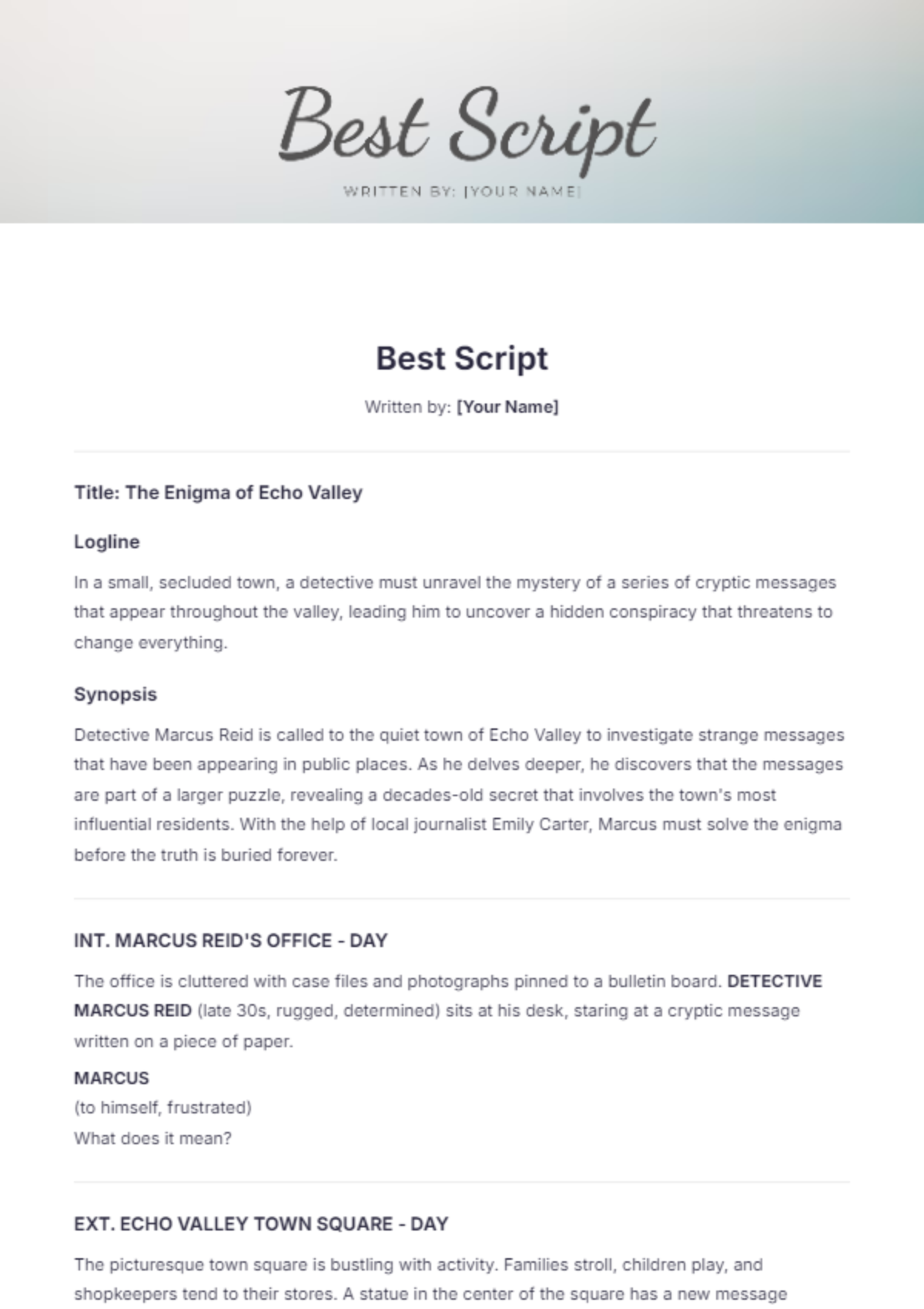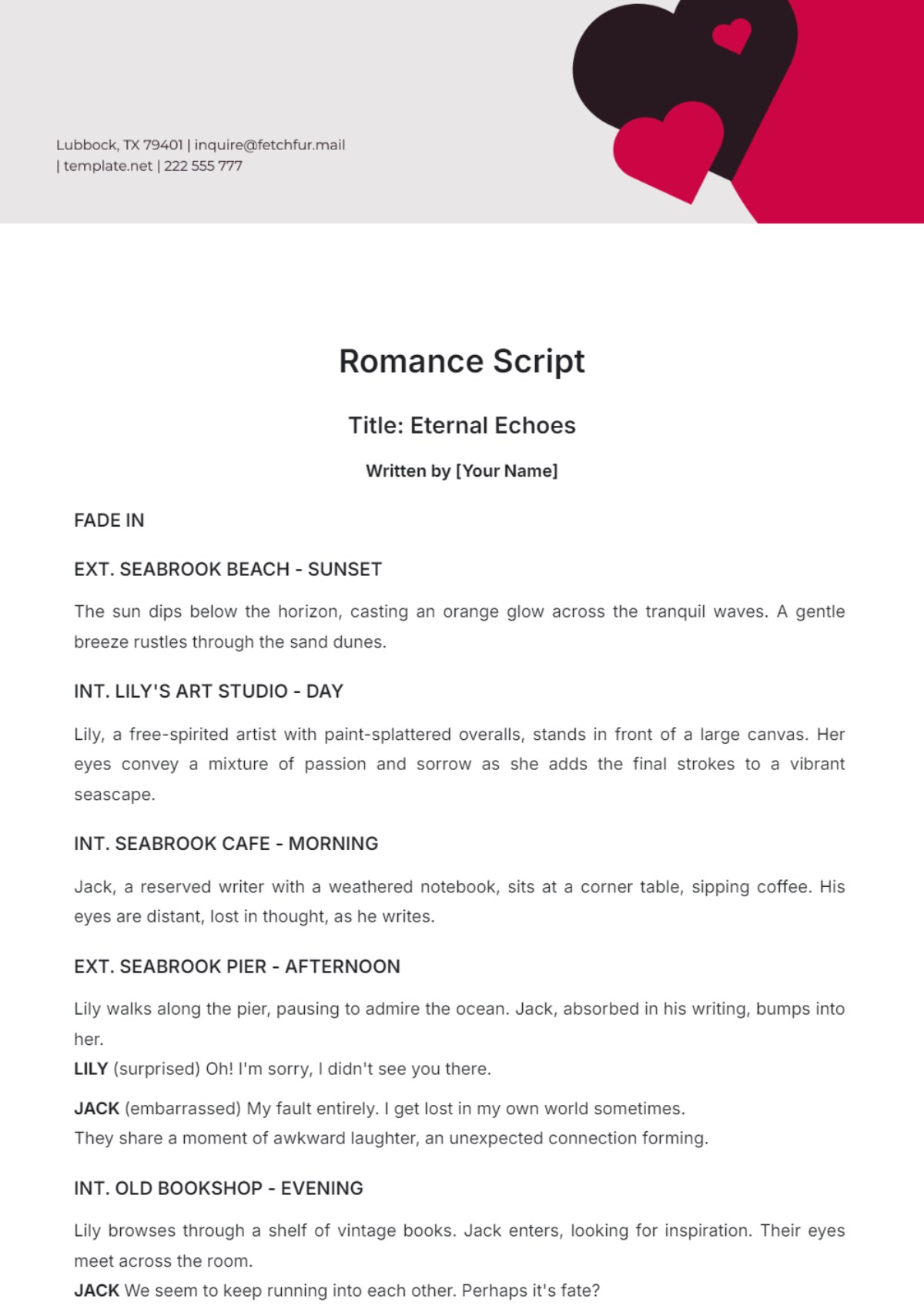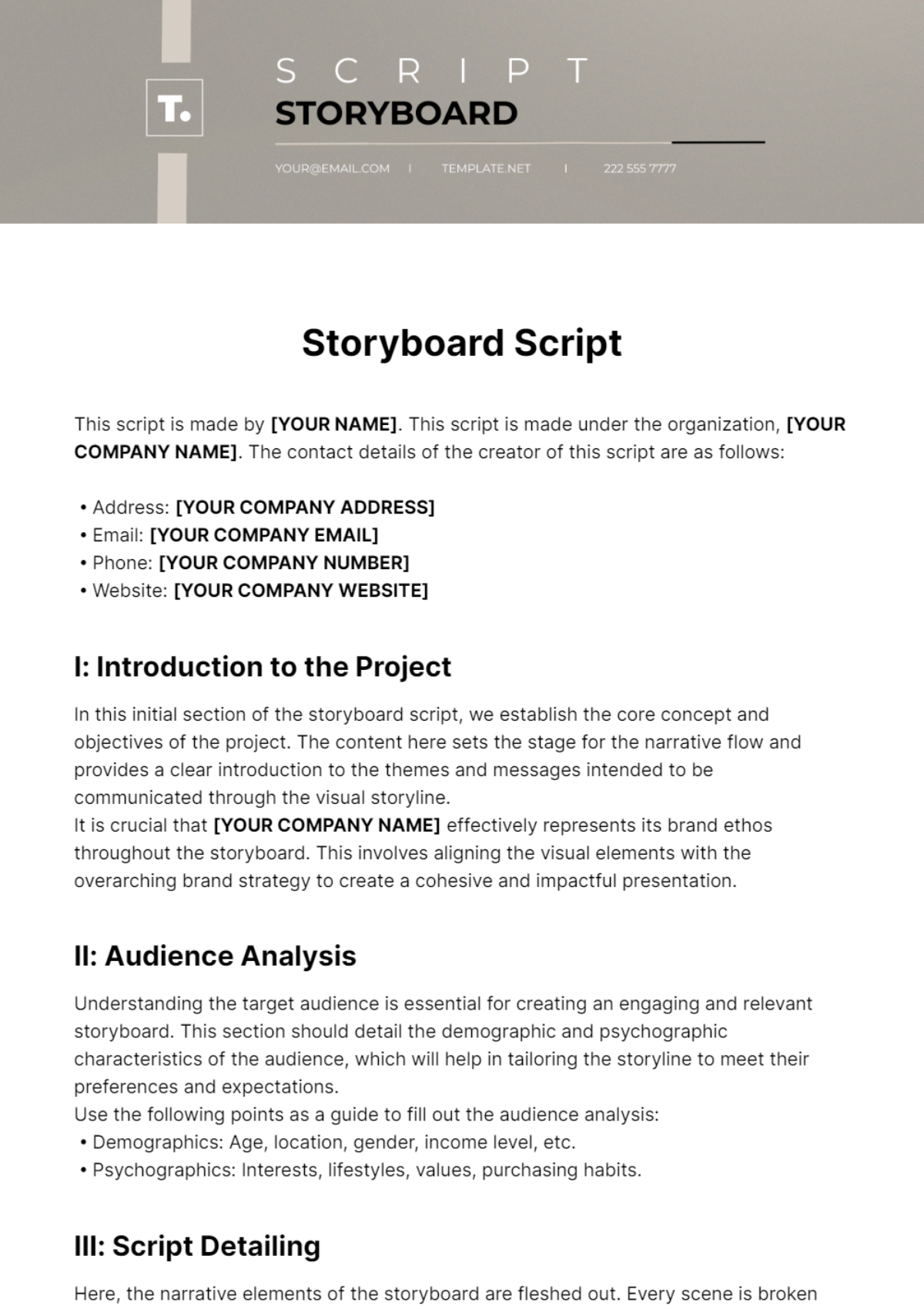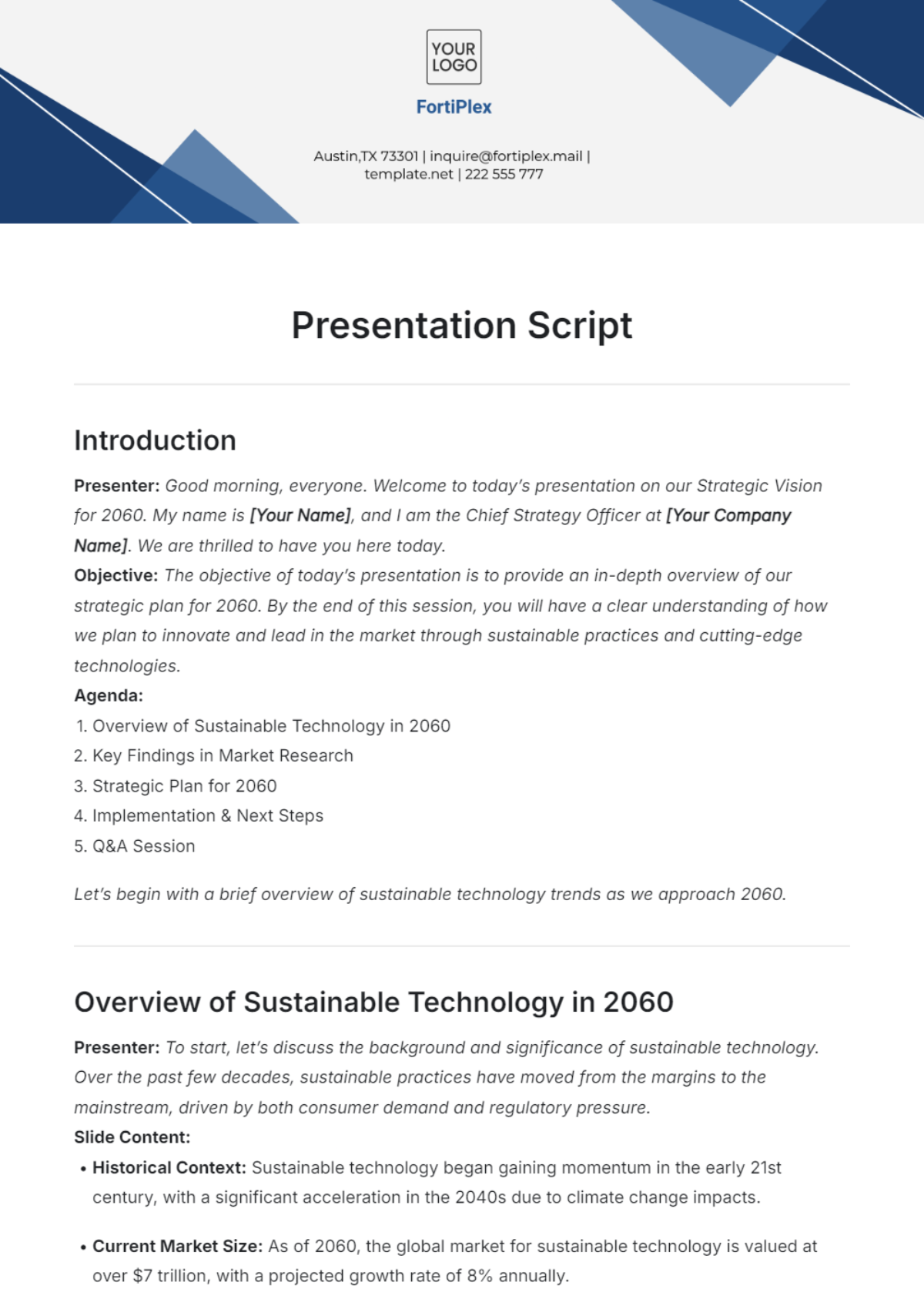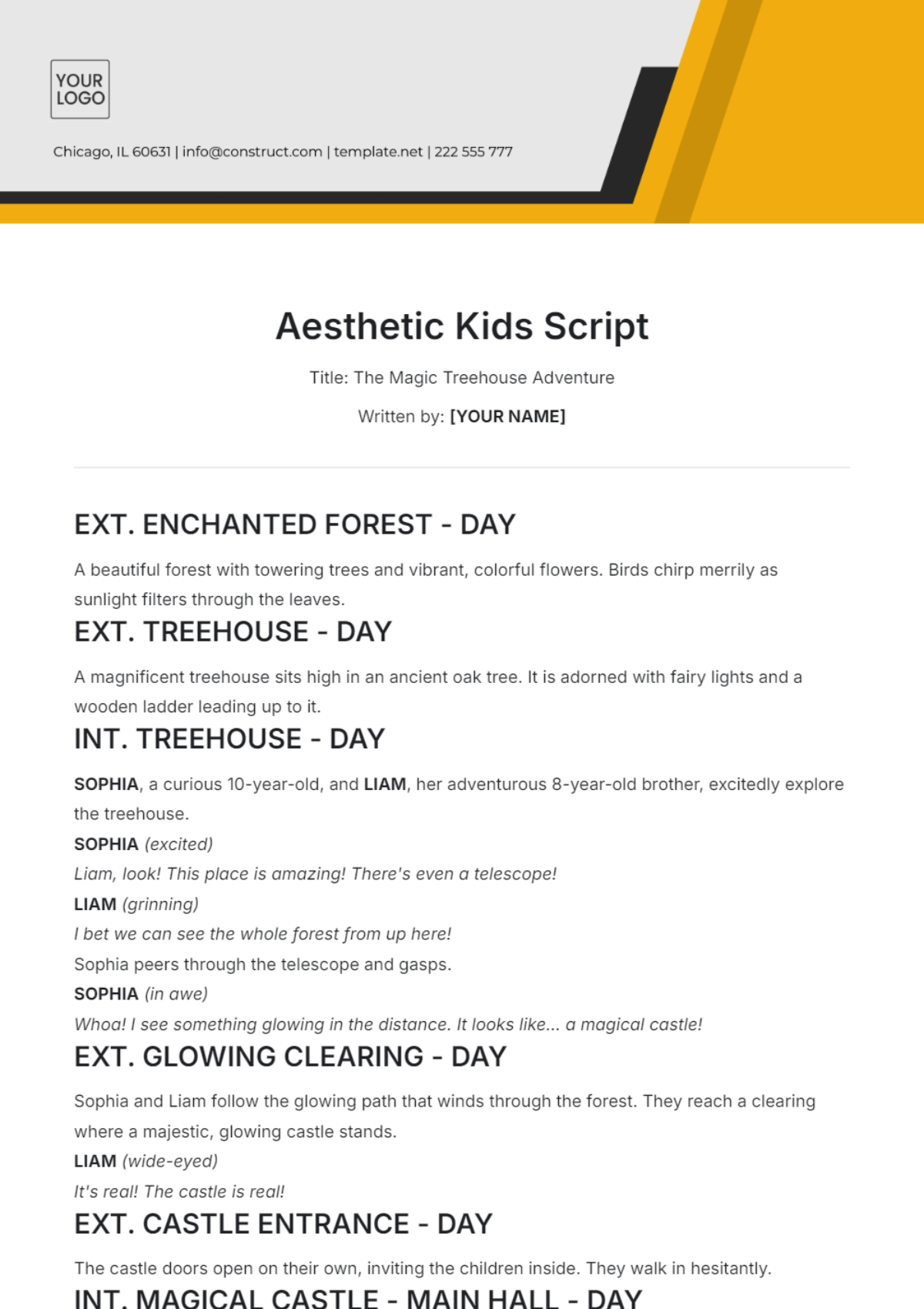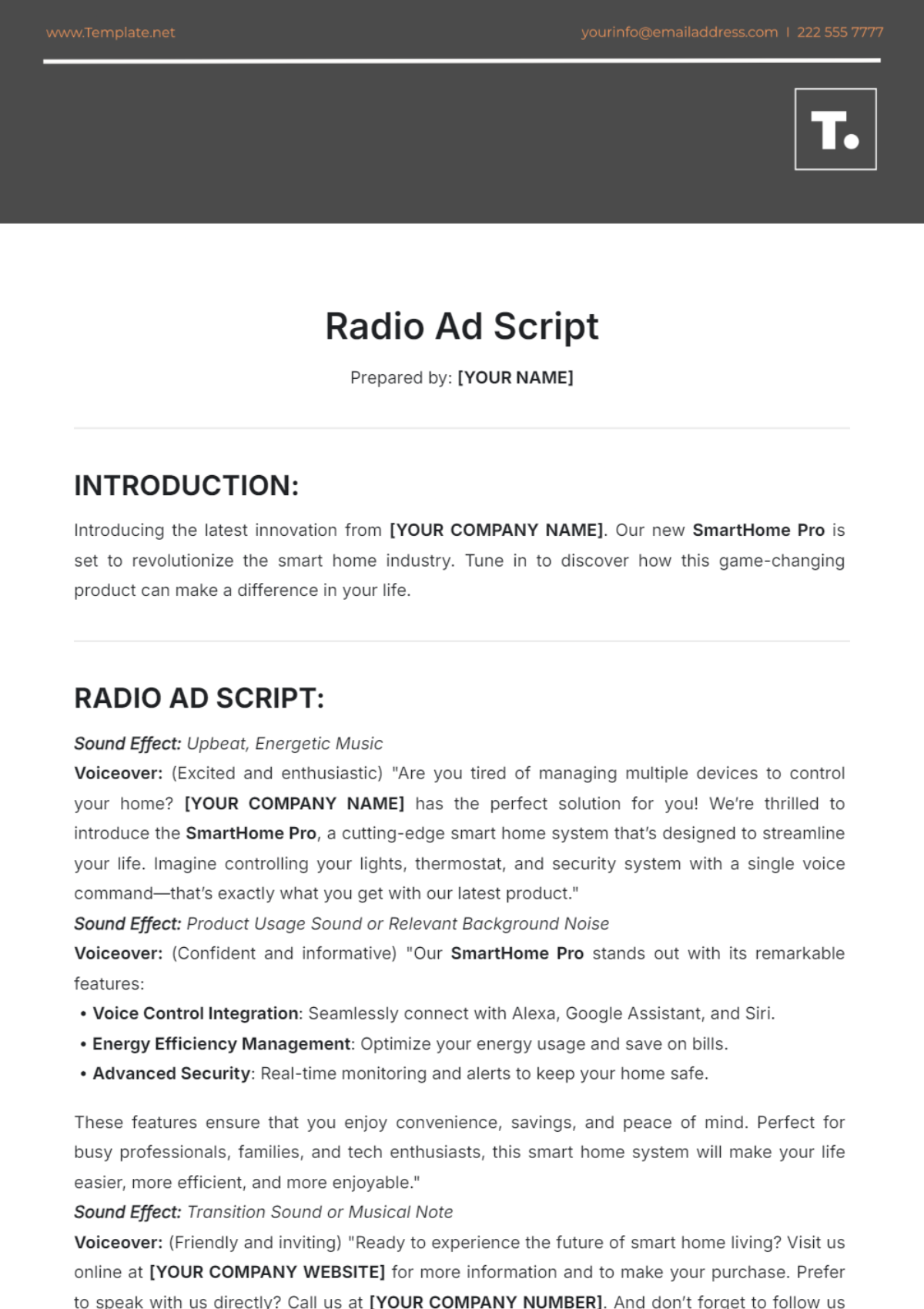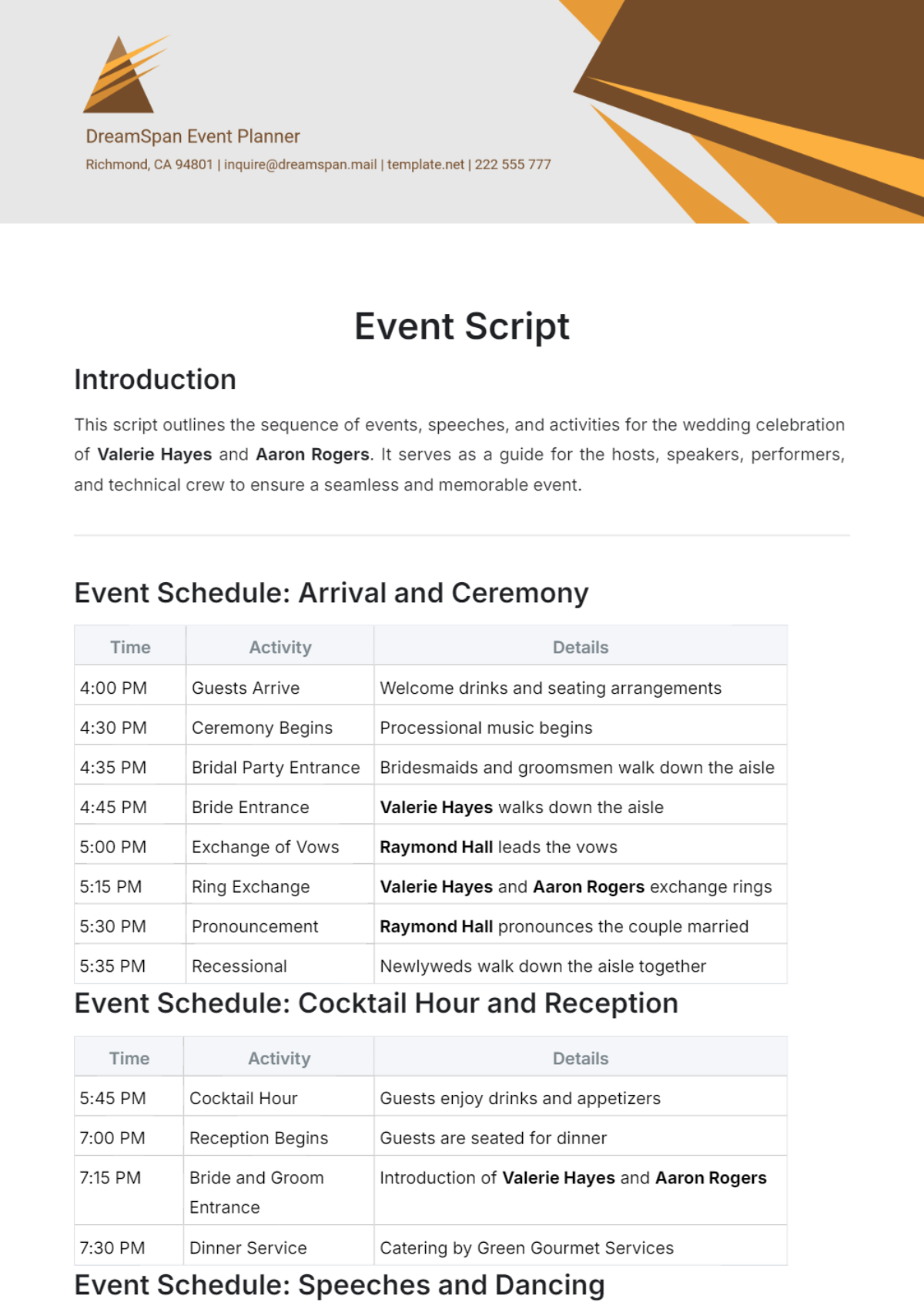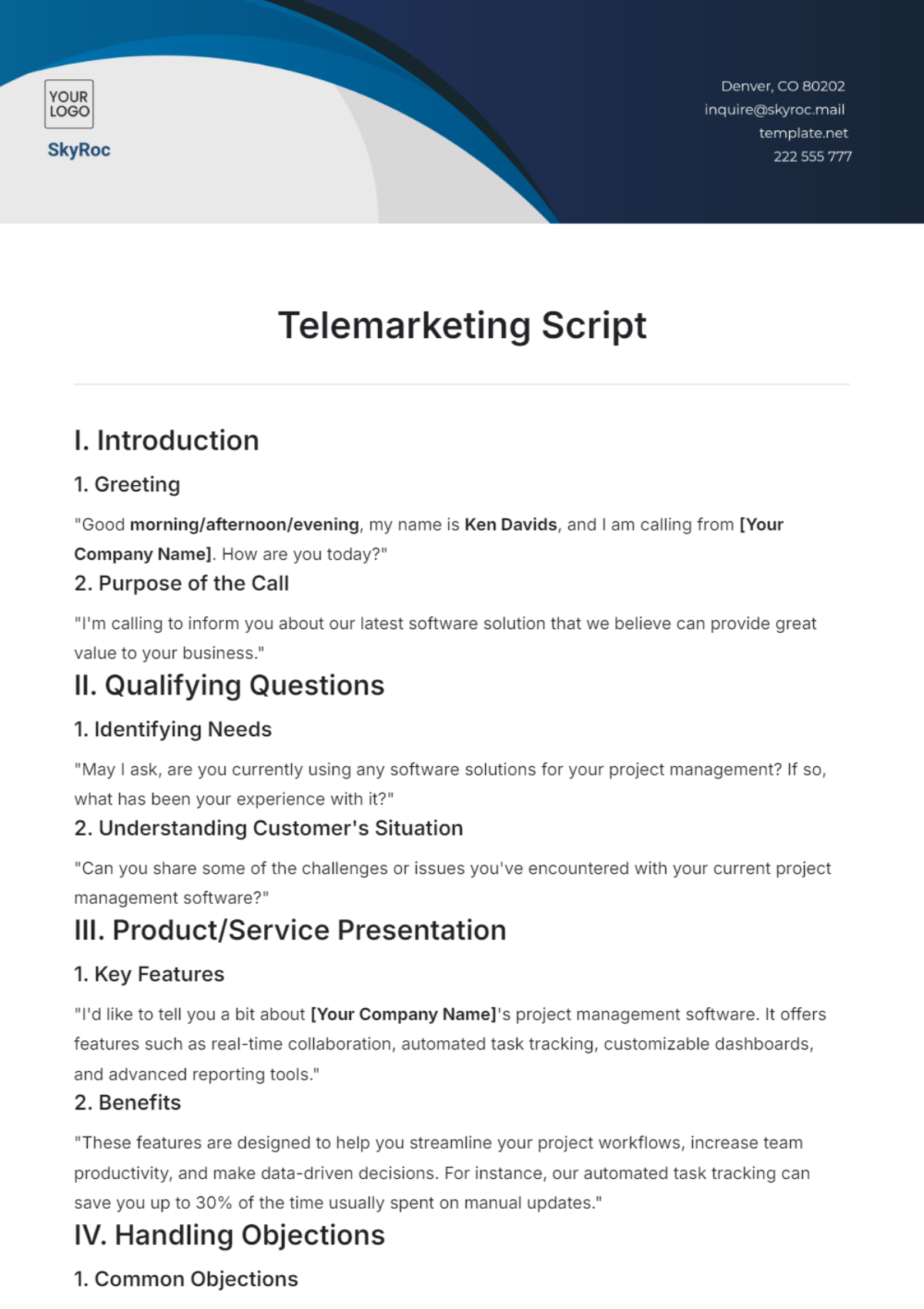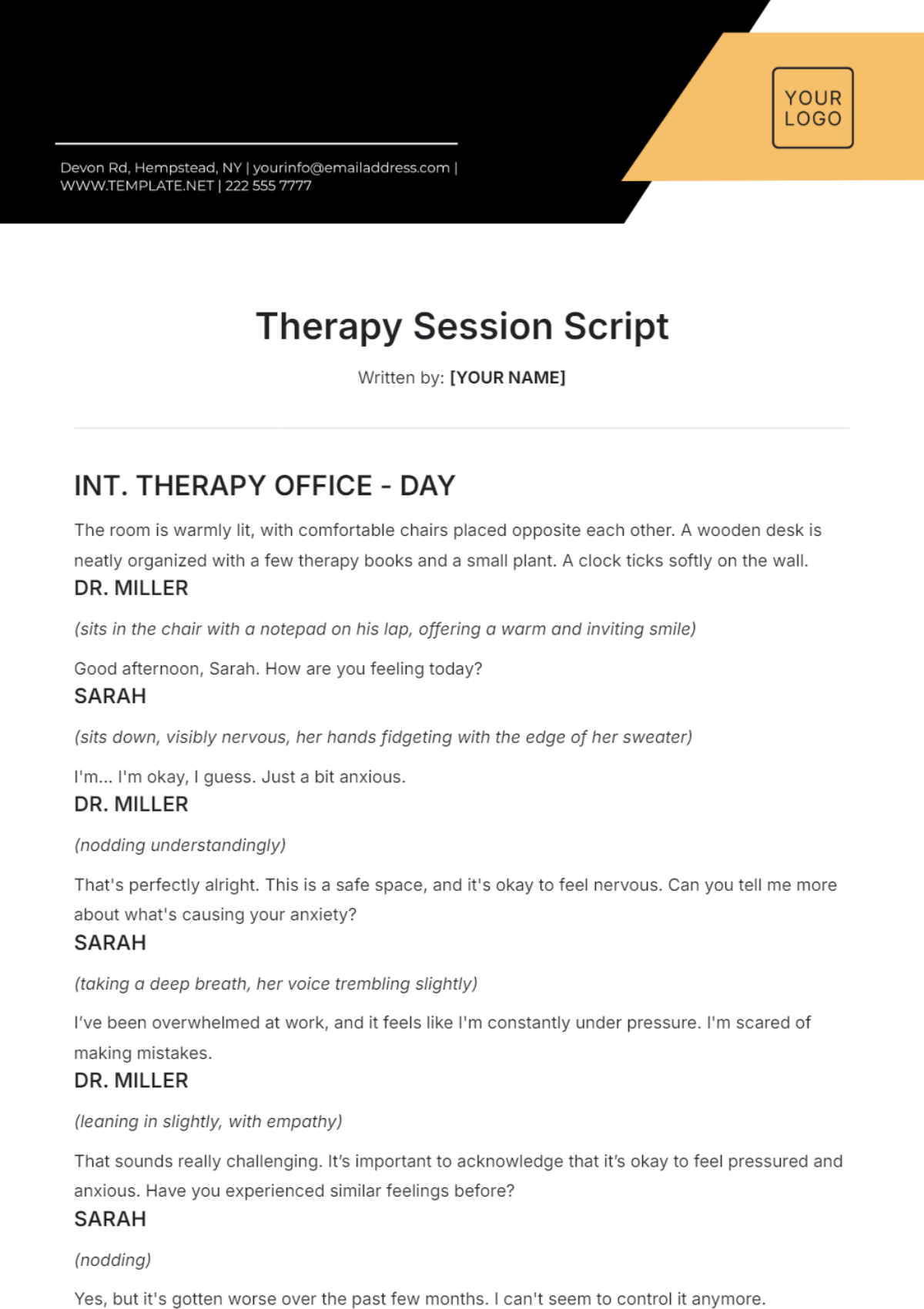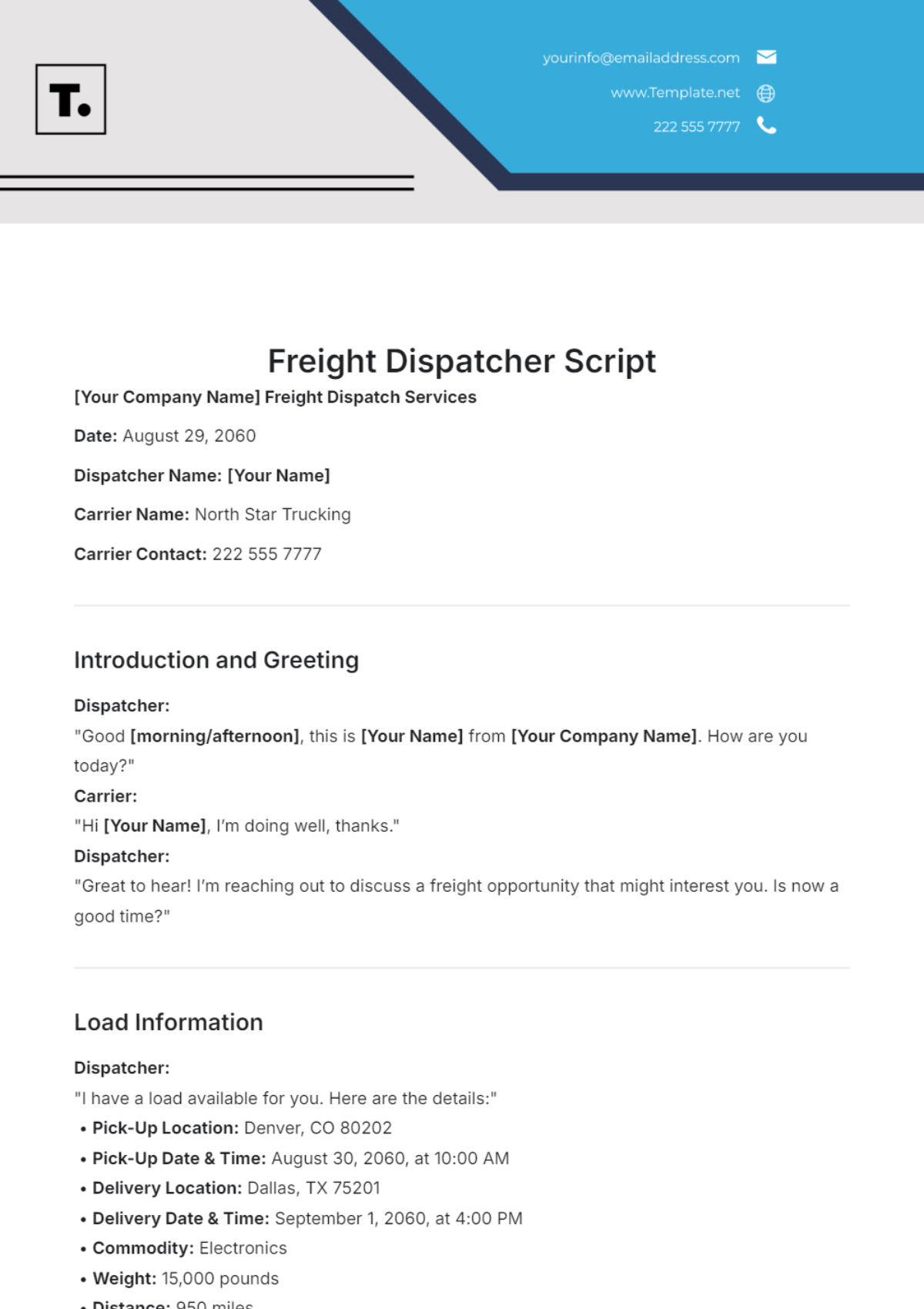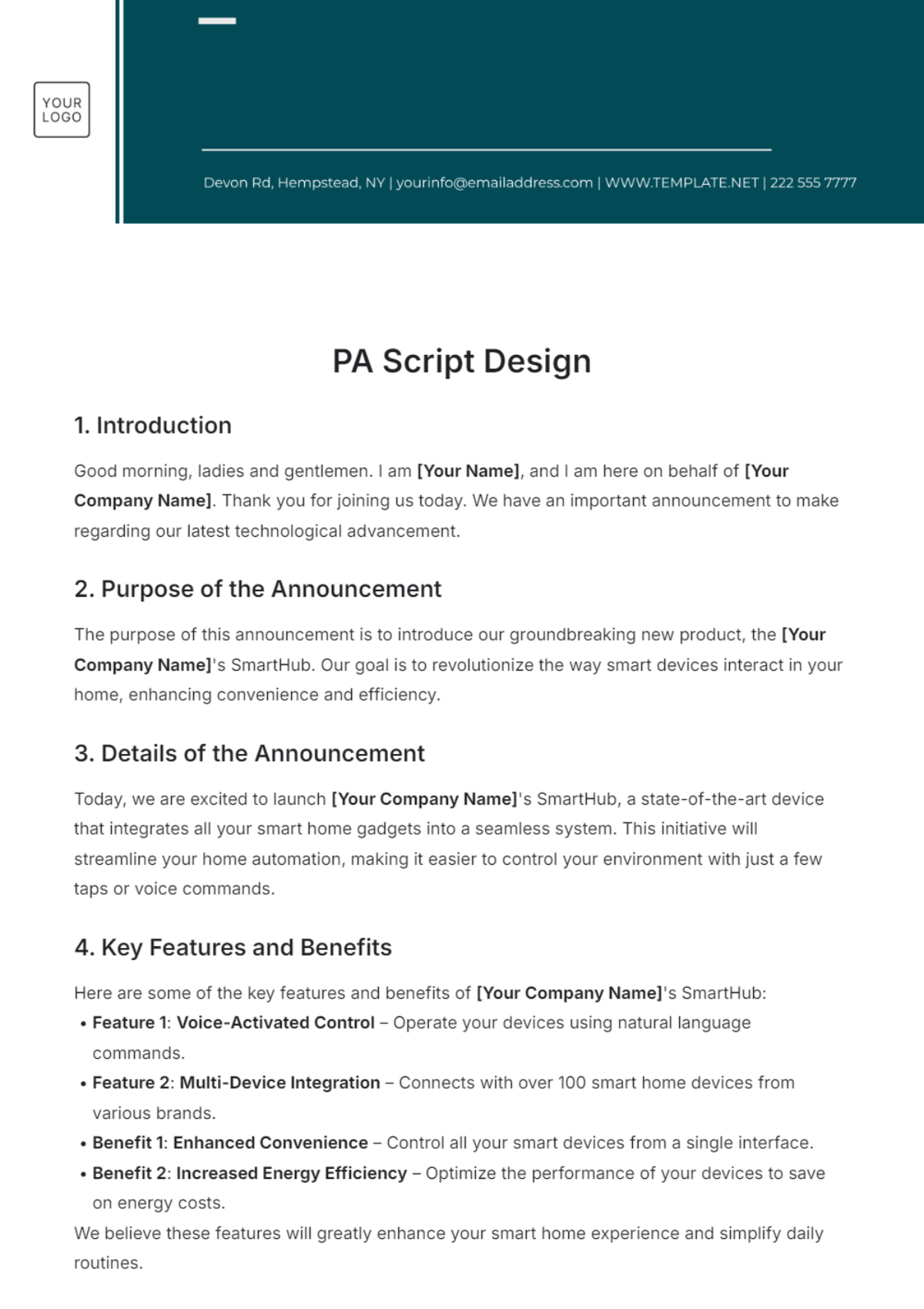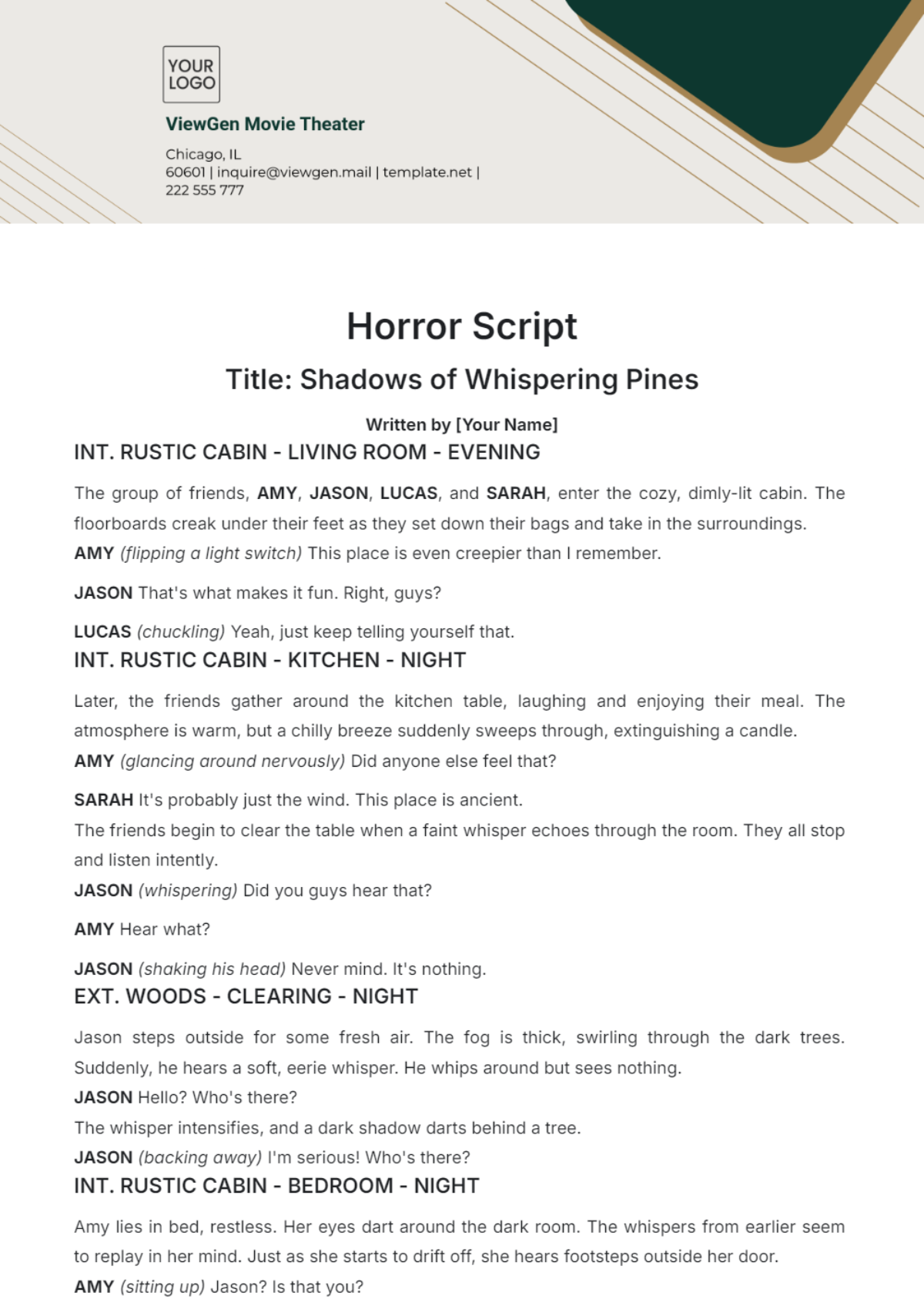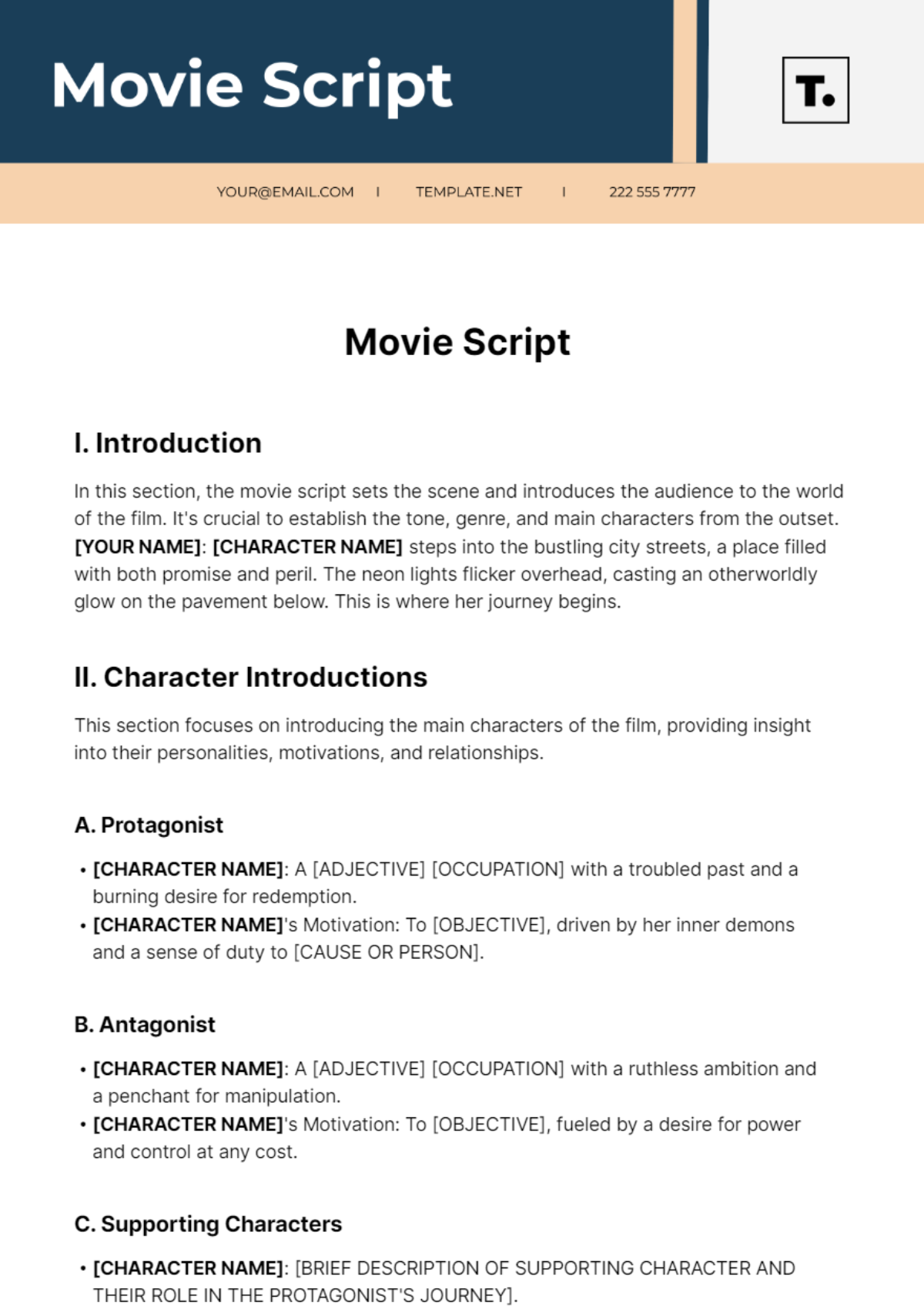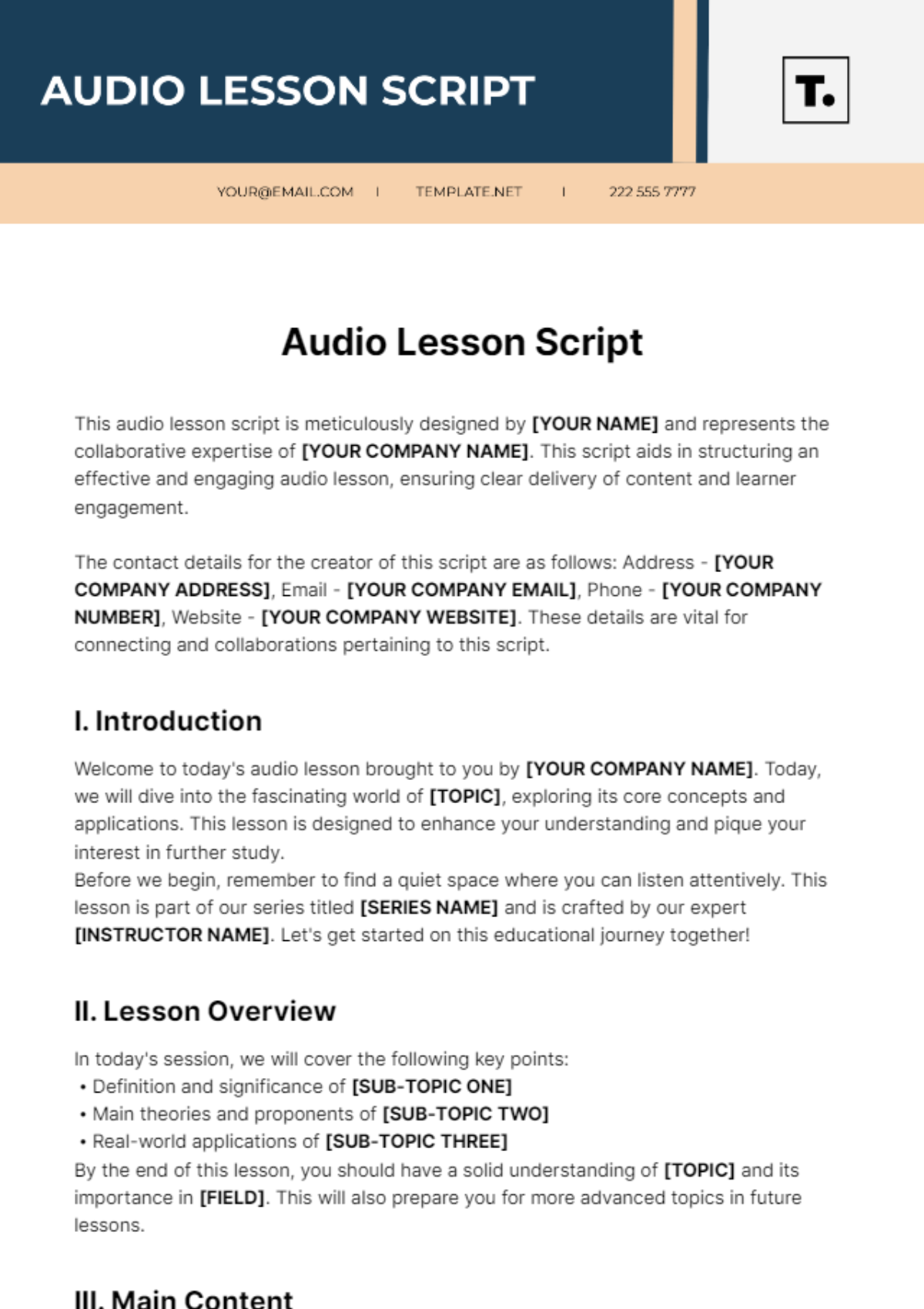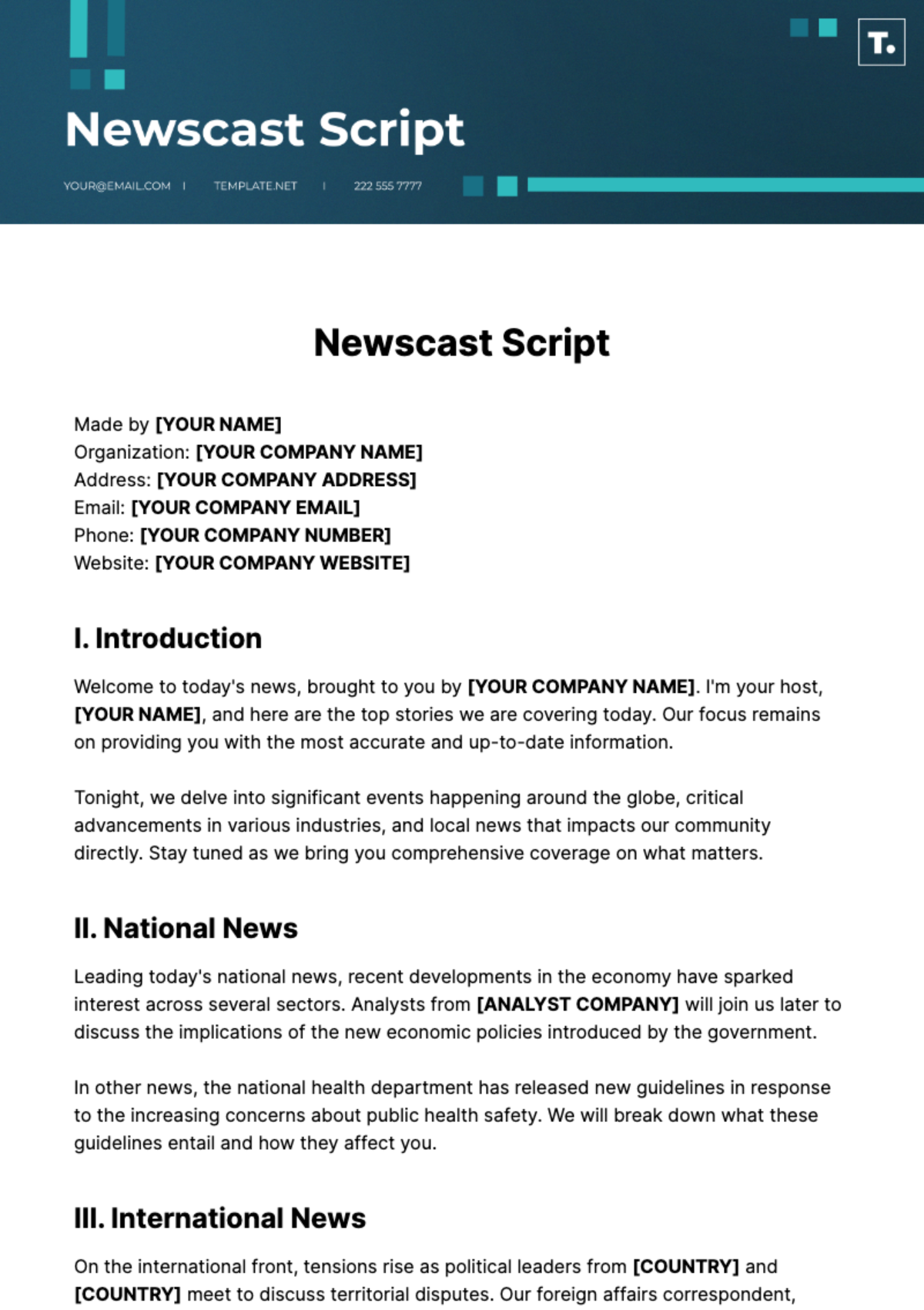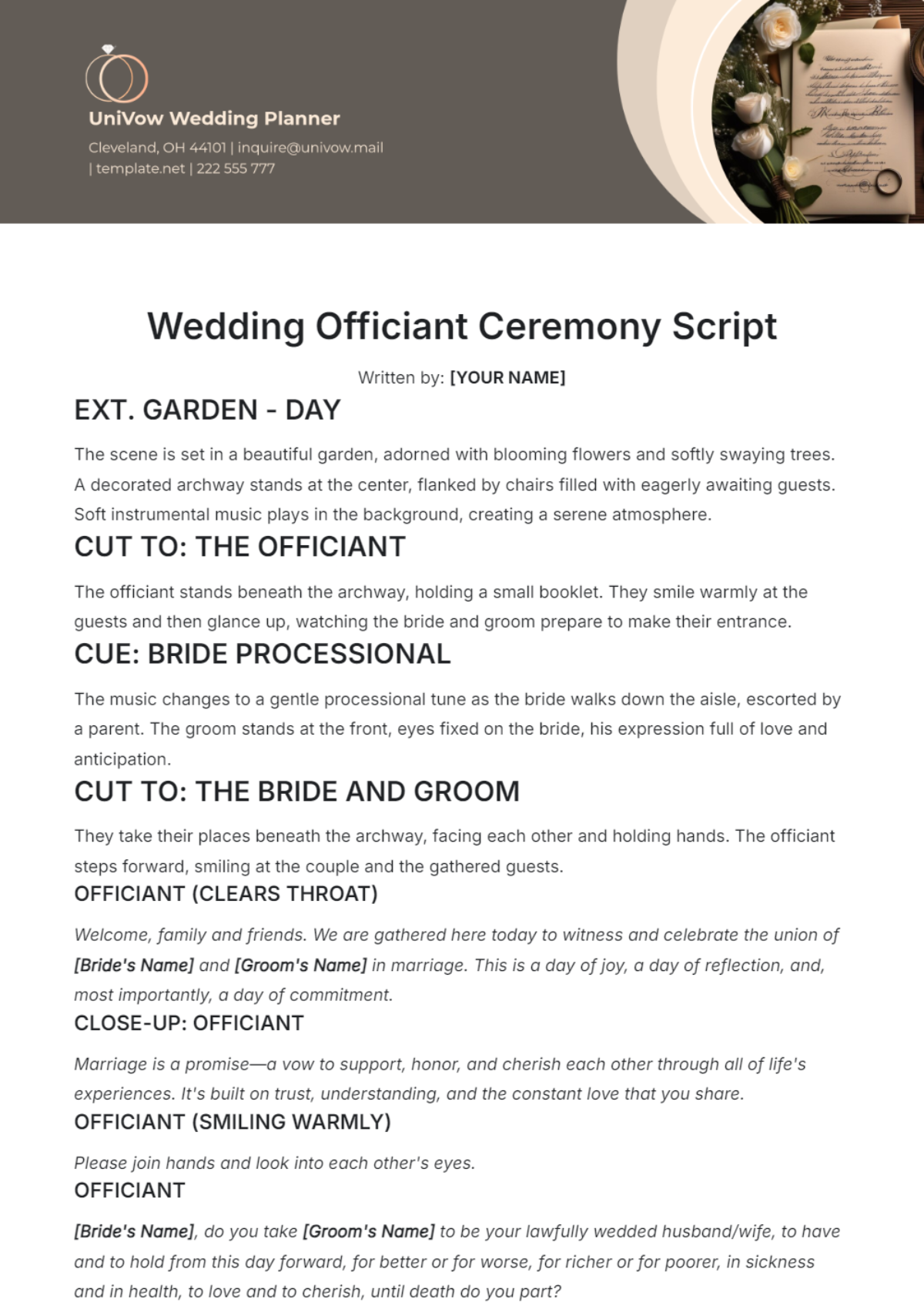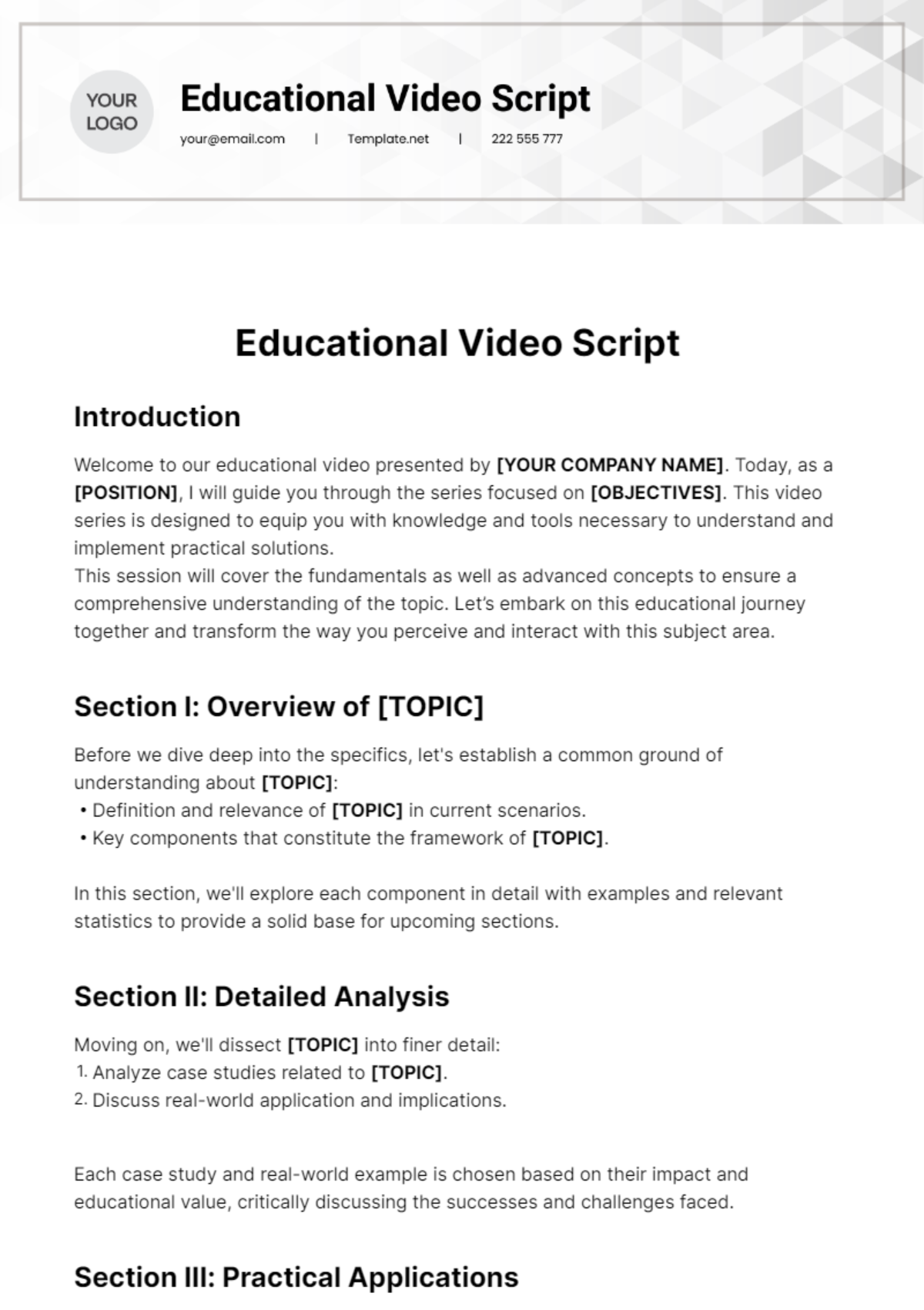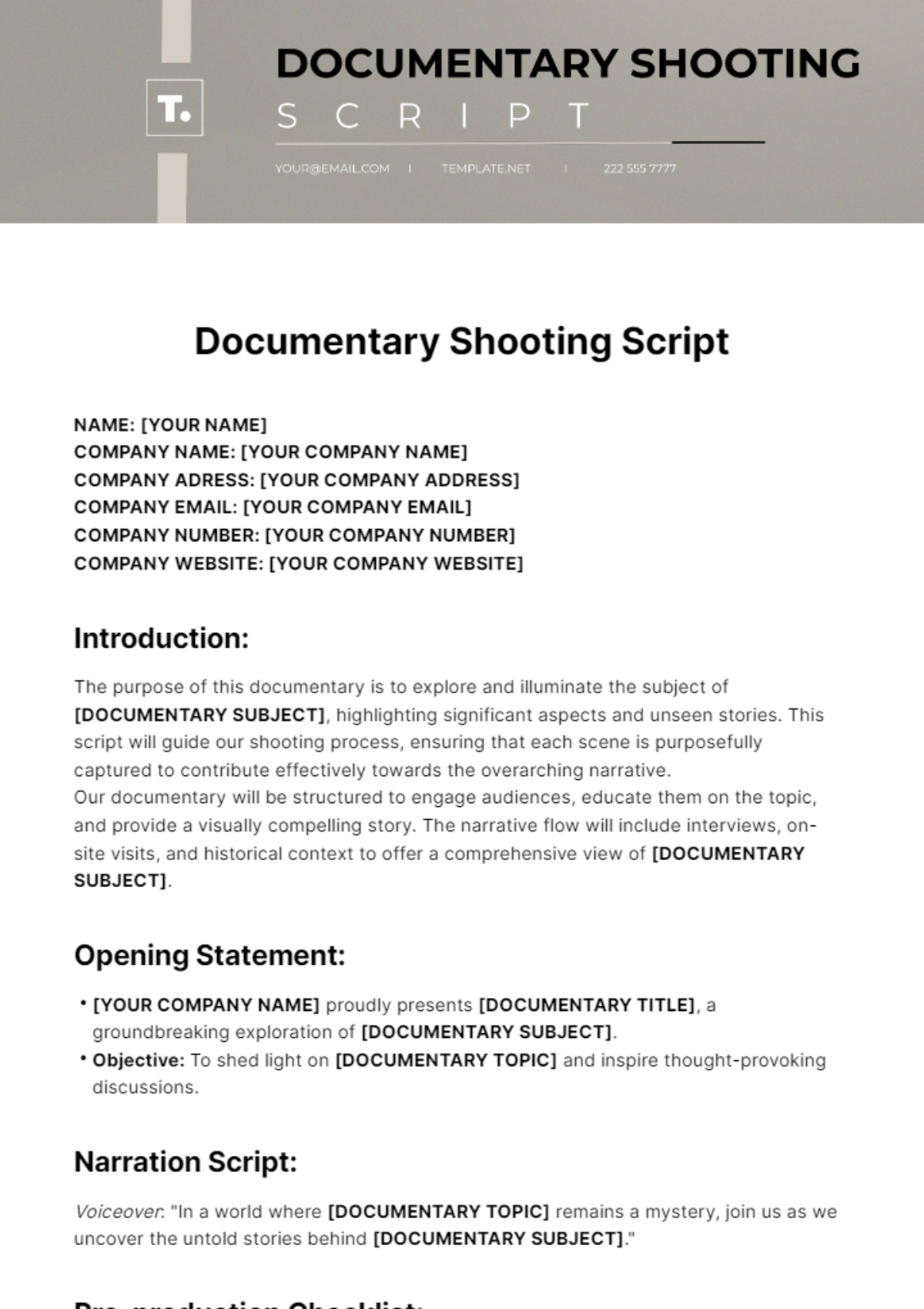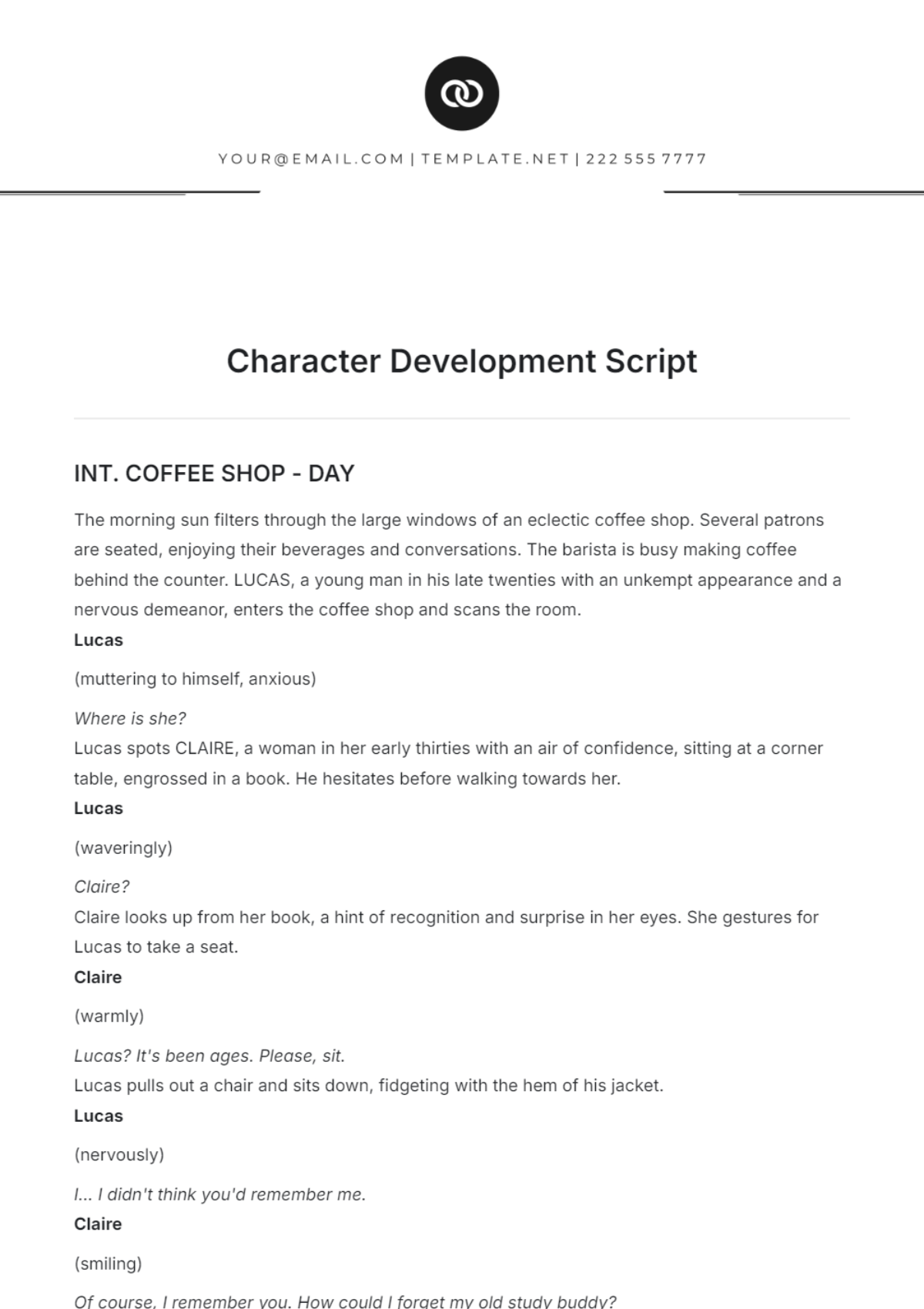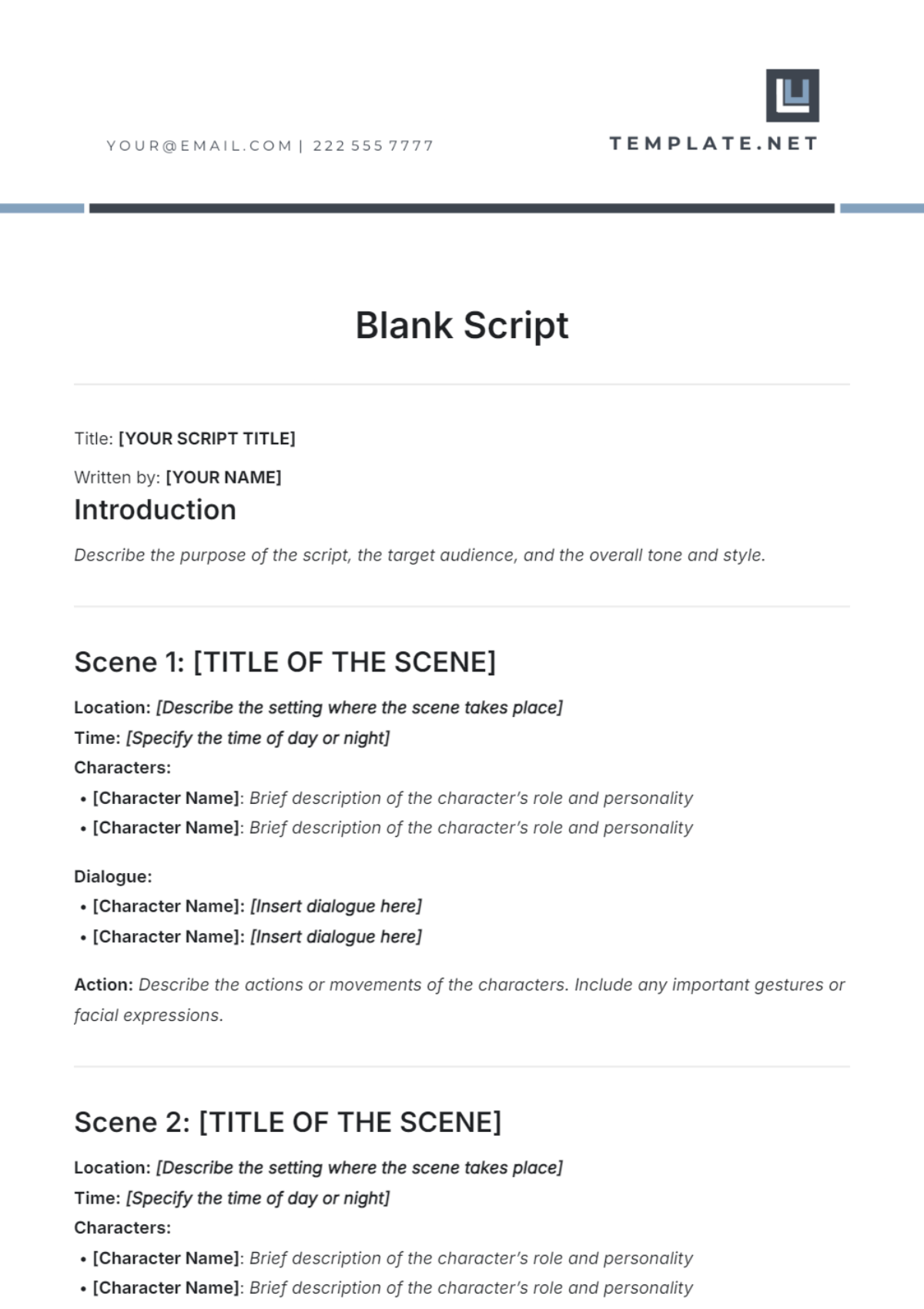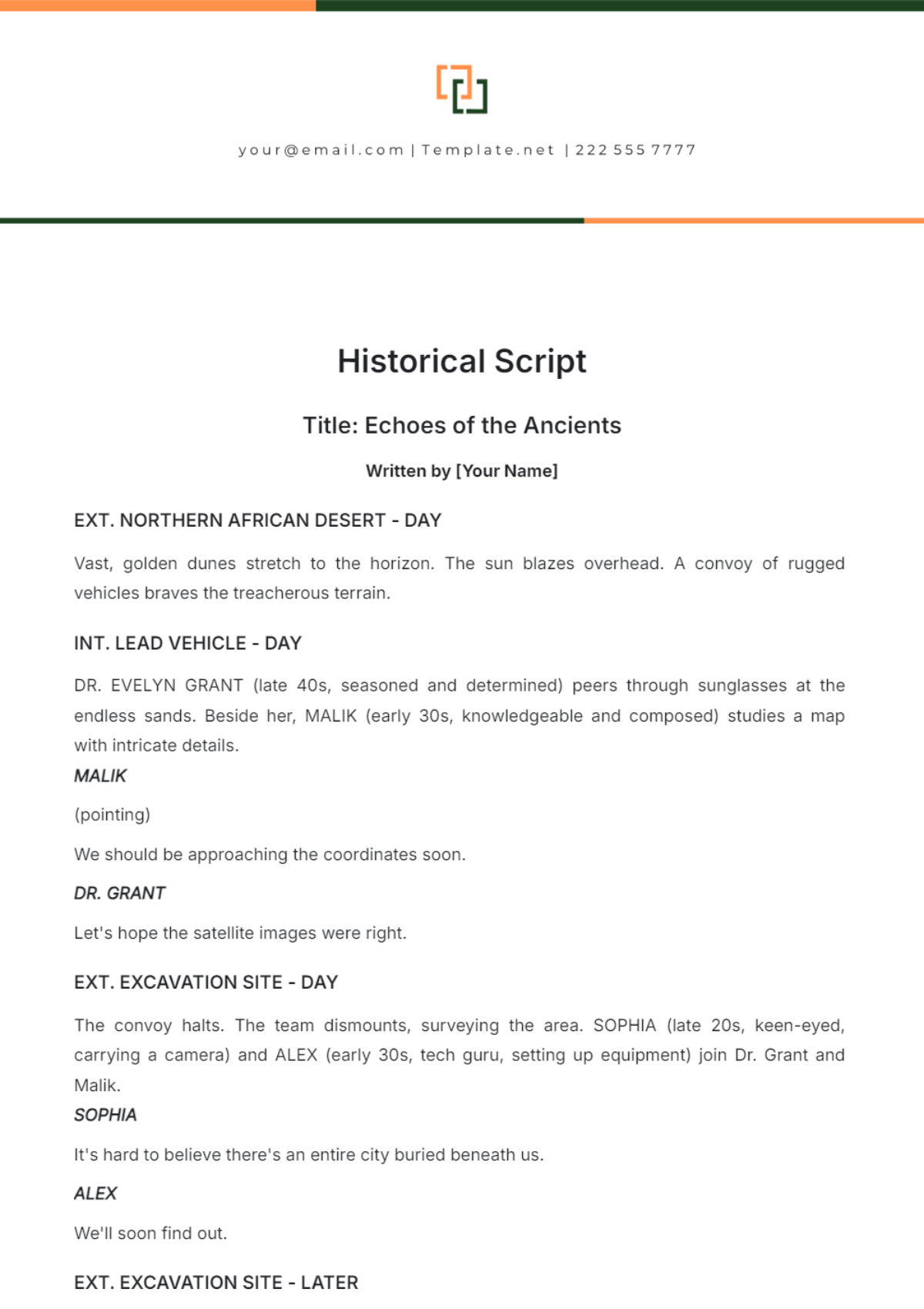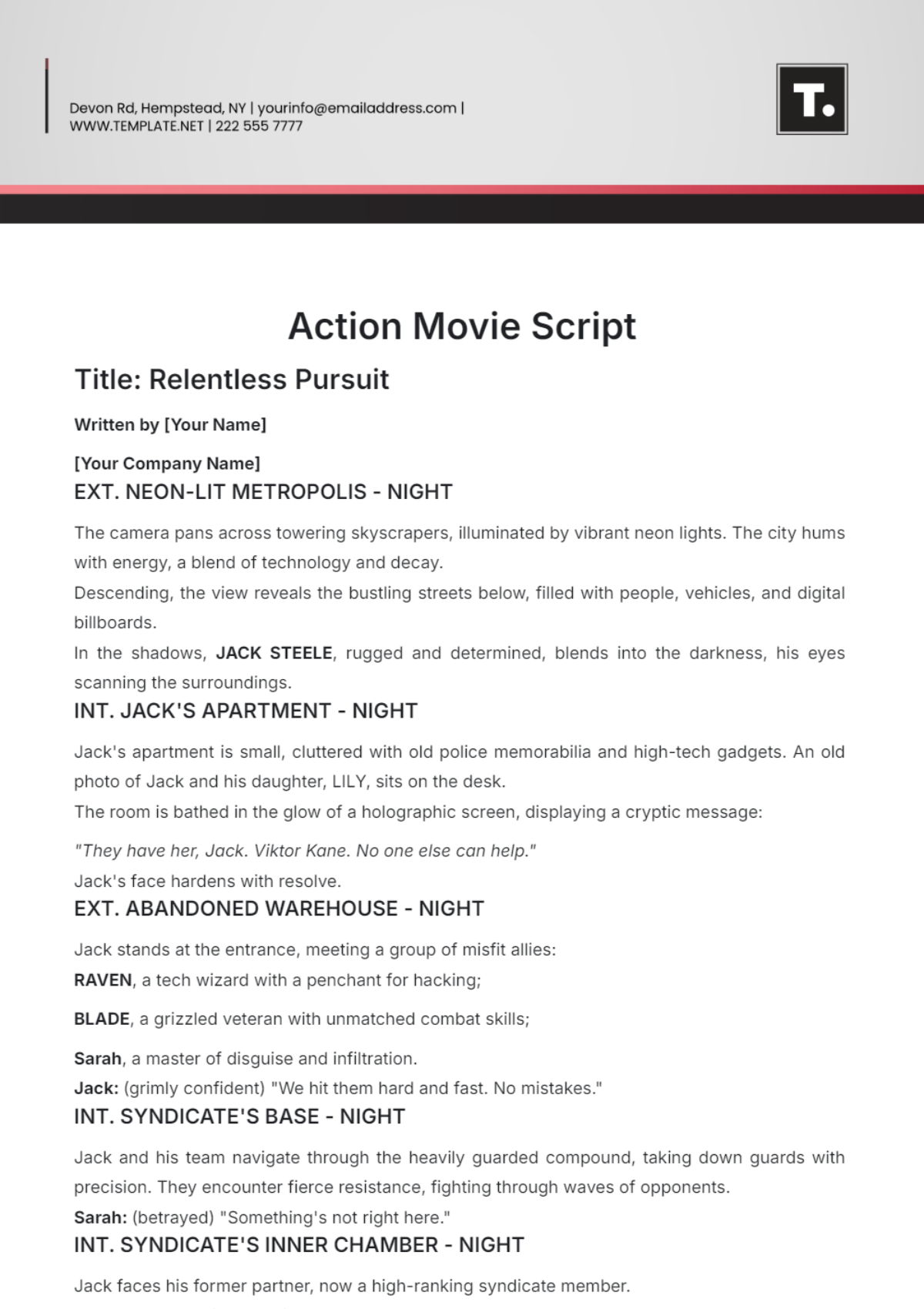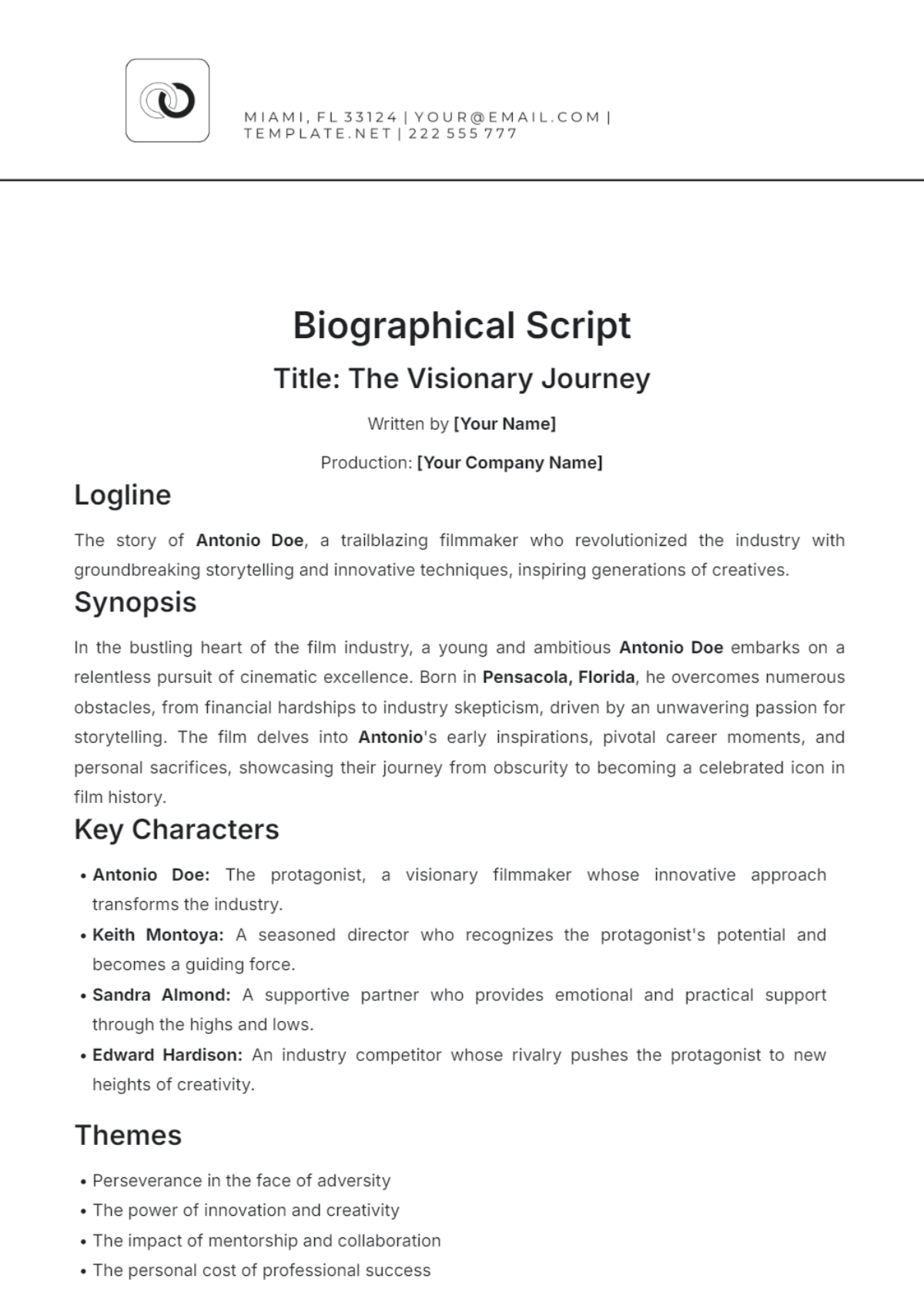Script For Elementary Students
I. Title Page
Title of the Play: [TITLE]
Written by: [YOUR NAM]
Introduction
Welcome to [TITLE OF THE PLAY], an exciting adventure designed specifically for elementary students. In this play, young actors will embark on a journey filled with laughter, learning, and imagination. Through the magic of theater, students will have the opportunity to explore new worlds, discover hidden talents, and work together as a team to bring the story to life.
Objectives
The objectives of this script template are to:
Provide a fun and educational experience for elementary students.
Foster creativity, teamwork, and confidence in young actors.
Create a script that is age-appropriate and aligns with elementary school curriculum and values.
Ensure the content is engaging and accessible to students of all backgrounds and abilities.
II. Cast of Characters
[MAIN CHARACTER] - A curious and adventurous [age]-year-old.
Description: [Provide a brief description of the character's personality, interests, and role in the story.]
[SUPPORTING CHARACTER 1] - A loyal friend and companion to [Main Character].
Description: [Describe the character's relationship to the main character and any unique traits or quirks.]
[SUPPORTING CHARACTER 2] - The wise mentor who guides [Main Character] on their journey.
Description: [Highlight the mentor's role in the story and their influence on the main character's growth.]
III. Synopsis
A. Brief Overview
In [TITLE OF THE PLAY], [Main Character] sets out on a quest to [brief description of main goal or objective]. Along the way, they encounter [Supporting Character 1] and [Supporting Character 2], who help them overcome challenges and obstacles. Through teamwork and determination, [Main Character] learns valuable lessons about friendship, courage, and perseverance.
B. Extended Synopsis
[Provide a more detailed description of the plot, including key events, character development, and thematic elements. Highlight the main conflicts, resolutions, and any twists or surprises that occur throughout the story.]
IV. Acts and Scenes
Act I: The Beginning
Scene 1: [LOCATION] - [Brief Description]
Action: [Describe the opening scene and introduce the main characters.]
Dialogue: [Provide key dialogue that sets the stage for the rest of the play.]
Purpose: [Explain how this scene establishes the setting and main conflict.]
Act II: The Adventure
Scene 2: [LOCATION] - [Brief Description]
Action: [Describe the action and challenges faced by the characters.]
Dialogue: [Include dialogue that advances the plot and reveals character motivations.]
Purpose: [Explain the scene's significance in moving the story forward.]
Act III: The Conclusion
Scene 3: [LOCATION] - [Brief Description]
Action: [Describe the climax and resolution of the story.]
Dialogue: [Provide dialogue that resolves conflicts and reinforces key themes.]
Purpose: [Explain how this scene brings the story to a satisfying conclusion.]
V. Production Notes
Locations: List all primary locations needed for the play, along with any important details or special requirements for each scene.
Costumes and Props: Detail necessary costumes and props that will enhance the characters and settings, ensuring they are appropriate for elementary students and easy to manage during performances.
Music and Sound Effects: Suggest themes or specific tracks that can enhance the play's atmosphere and emotional impact. Consider incorporating simple sound effects or background music to engage the audience and complement the action on stage.
VI. Conclusion
As you bring [TITLE OF THE PLAY] to life, remember the importance of creativity, collaboration, and fun. This script template provides a framework for creating an unforgettable theatrical experience that will inspire and entertain elementary students for years to come. Let your imagination soar as you embark on this exciting journey with your young actors!




